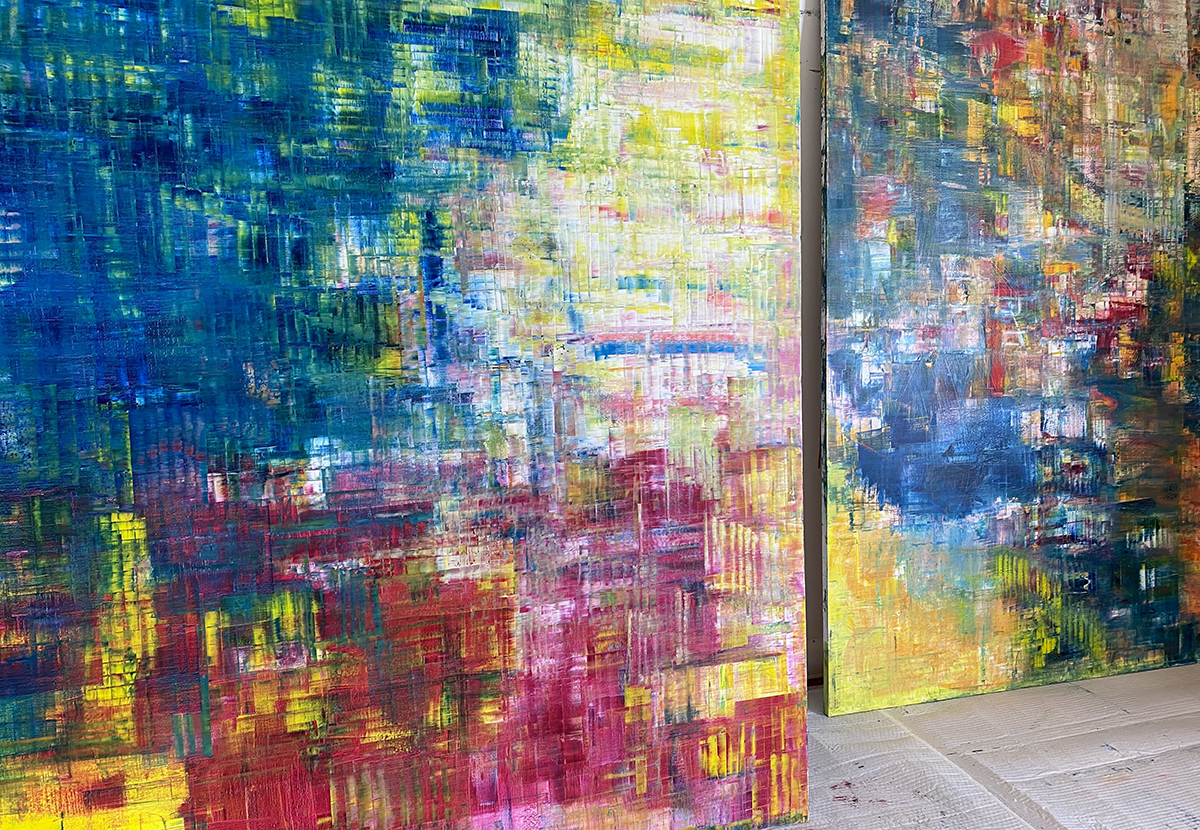
Details of paintings by Sassan Behnam-Bakhtiar
French-Iranian artist Sassan Behnam-Bakhtiar gives LUX readers a rare glimpse inside his Saint-Jean-Cap-Ferrat studio, normally open only to collectors and close friends, and shares insights into the artistic process
Every artist’s studio is unique, but French-Iranian artist Sassan Behnam-Bakhtiar’s studio is, to coin a phrase, more unique than most. It is in a “secret” building on the spine of the chi-chi Cote d’Azur peninsula of Cap Ferrat, just outside the village of Saint-Jean-Cap-Ferrat. His neighbours are not other artists and craftspeople, but the discreet owners of fabulous villas in what is some of the most expensive real estate in the world. From the balcony of the second floor windows of the studio, you can see yachts moored at St Jean, and, in the distance, the rocky backdrop of Monte-Carlo.
Follow LUX on Instagram: luxthemagazine
The studio building is, however, much as you might expect an artist’s studio to be: the communal garden (the studio shares the block with residents) is characterfully overgrown, and the studio itself comprises a small and basic kitchen which is not used for anything other than mixing paints, a tiny bathroom, and two large, bright and light rooms filled with canvasses, paint, studies, sketches and everything in between. There is barely anywhere to sit, and while the balcony looks out over the garden and rows of villas to the sea and mountains beyond, it doesn’t look like it is used for anything except musing.
The setting may seem unusual now, but in fact the artist follows in the footsteps of artists such as Cézanne, Matisse, Chagall, Renoir and Picasso, in his choice of the French Riviera as his creative backdrop. The floor-to-ceiling windows provide the artist an opportunity to connect with nature, a theme which increasingly permeates his work. The mountains and climate of the south of France provide a geographic link with Iran, Behnam-Bakhtiar’s ancestral homeland where he spent his formative years and young adulthood, and the culture and language a direct link back into Paris, the city of his birth, 1000km and a world away to the north.
Below, and for one of the first times ever, the artist shares intimate images from inside his studio alongside accompanying commentary about life as an artist under lockdown.
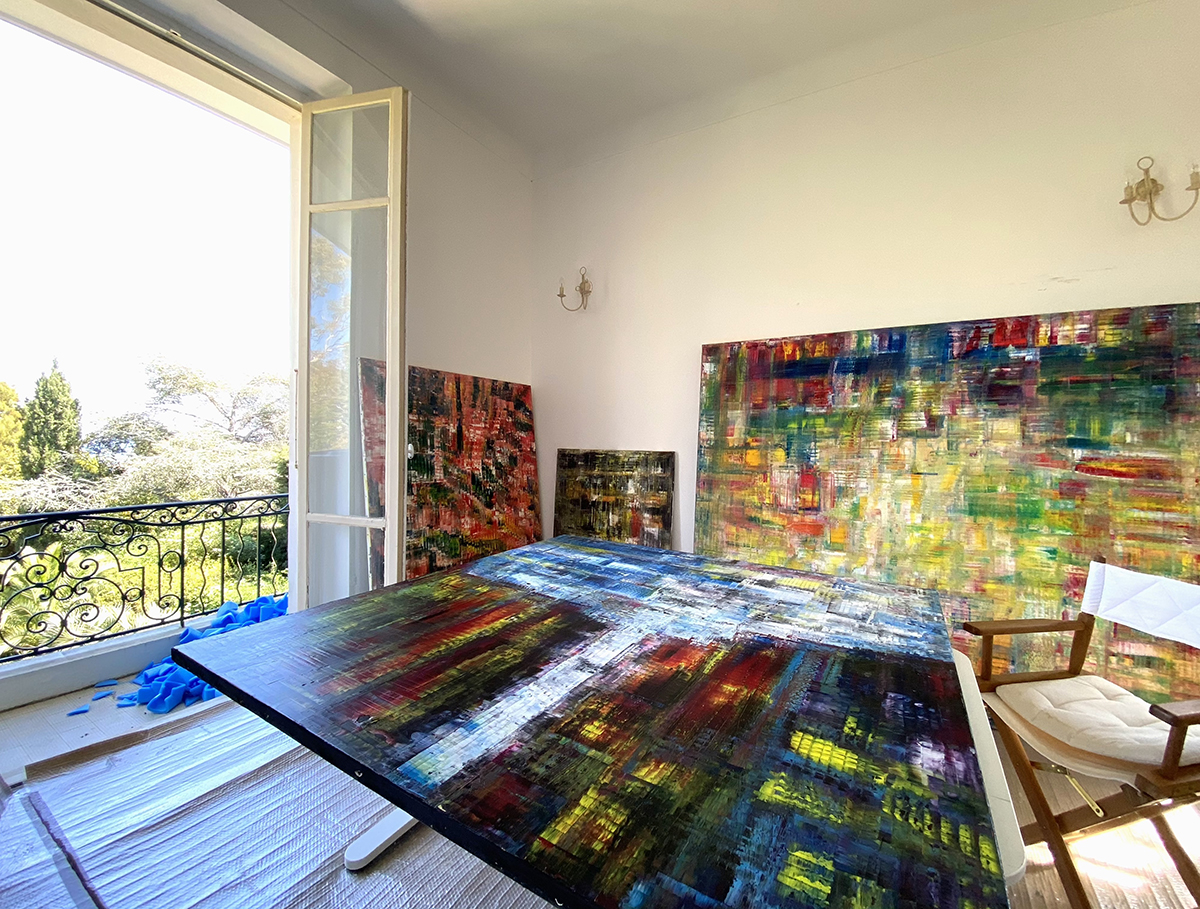
“Since mid 2019, I have had a calling to focus on our connection to nature and have been painting that mainly. I had this urge to paint art that transfers an experience that is both good for us and our planet. The lockdown just reinforced it even more. The routine has not changed but the focus on my work has deepened.”
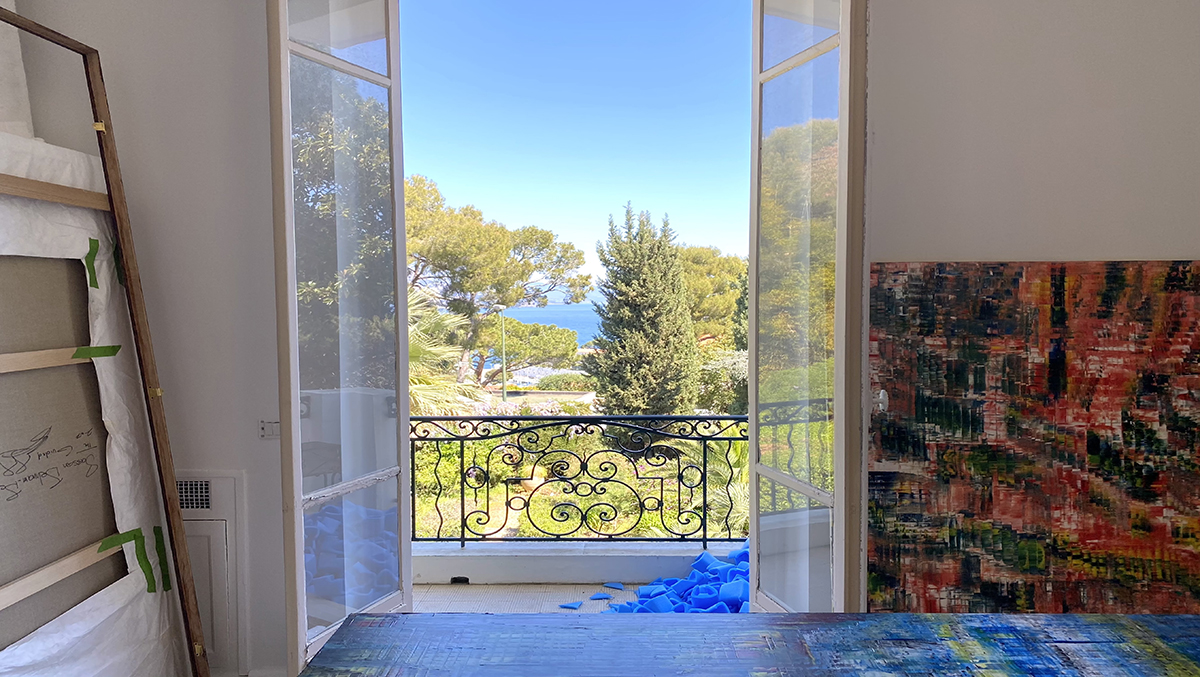
“The view from my studio is a constant reminder that we are part of something much greater and connected to all living beings, and understanding this fact is vital to one’s evolution of the Self. The beauty of nature in its purest form pushes us to see beyond what most of us call the norm – to understand the value and importance of what is provided for us by nature and its energy, which is flowing through us and all around. My location is important because of its energy and what is provides for me on a daily basis – I didn’t get the vibes I get here when I used to work in my studio in London and it showed in my work. All of this is interconnected and will affect the artist path and work throughout the years.”
Read more: Boundary-breaking artist Barbara Kasten on light & perception
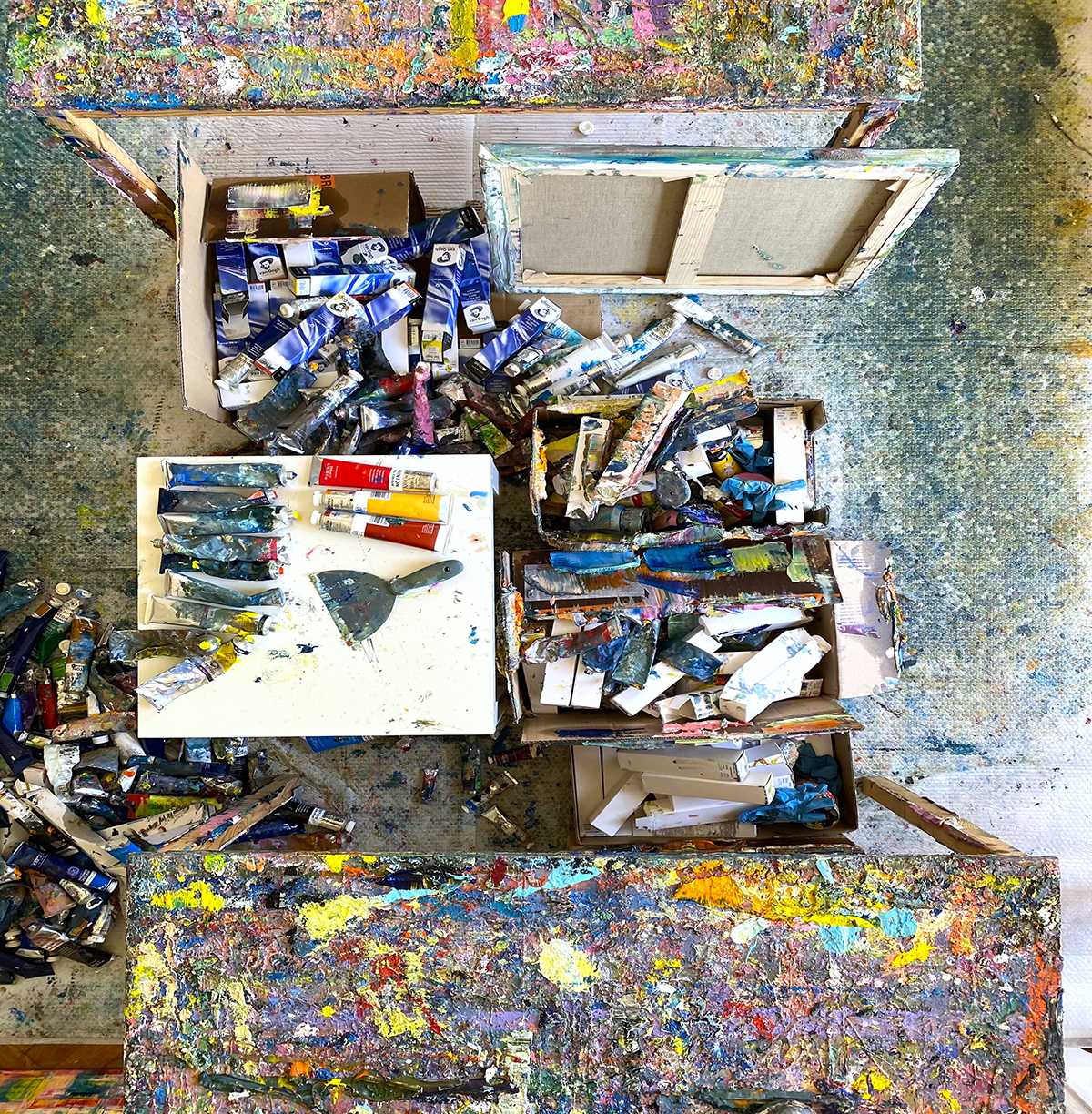
“I definitely require a certain atmosphere to be able to create. Not that the ambiance needs to be positive and happy for me to create – I’ve done some of my strongest canvases under pressure and negative circumstances. It’s hard to explain, but I place myself in a particular mode when I work. It is all about what needs to pour out of you with the subjects in mind. I’ve had horrible days with so much thought in my mind and once I bring out all of it on a canvas (normally resembles a fight between myself, the canvas, my tools and the paint), I leave the studio with a sense of ease and peace.
I don’t like to have people around when I work. As I create some sort of an energy bubble where I place myself in during the creative process, I can’t have any interference. I do have very few select people (collector friends) who can see my creative process.”
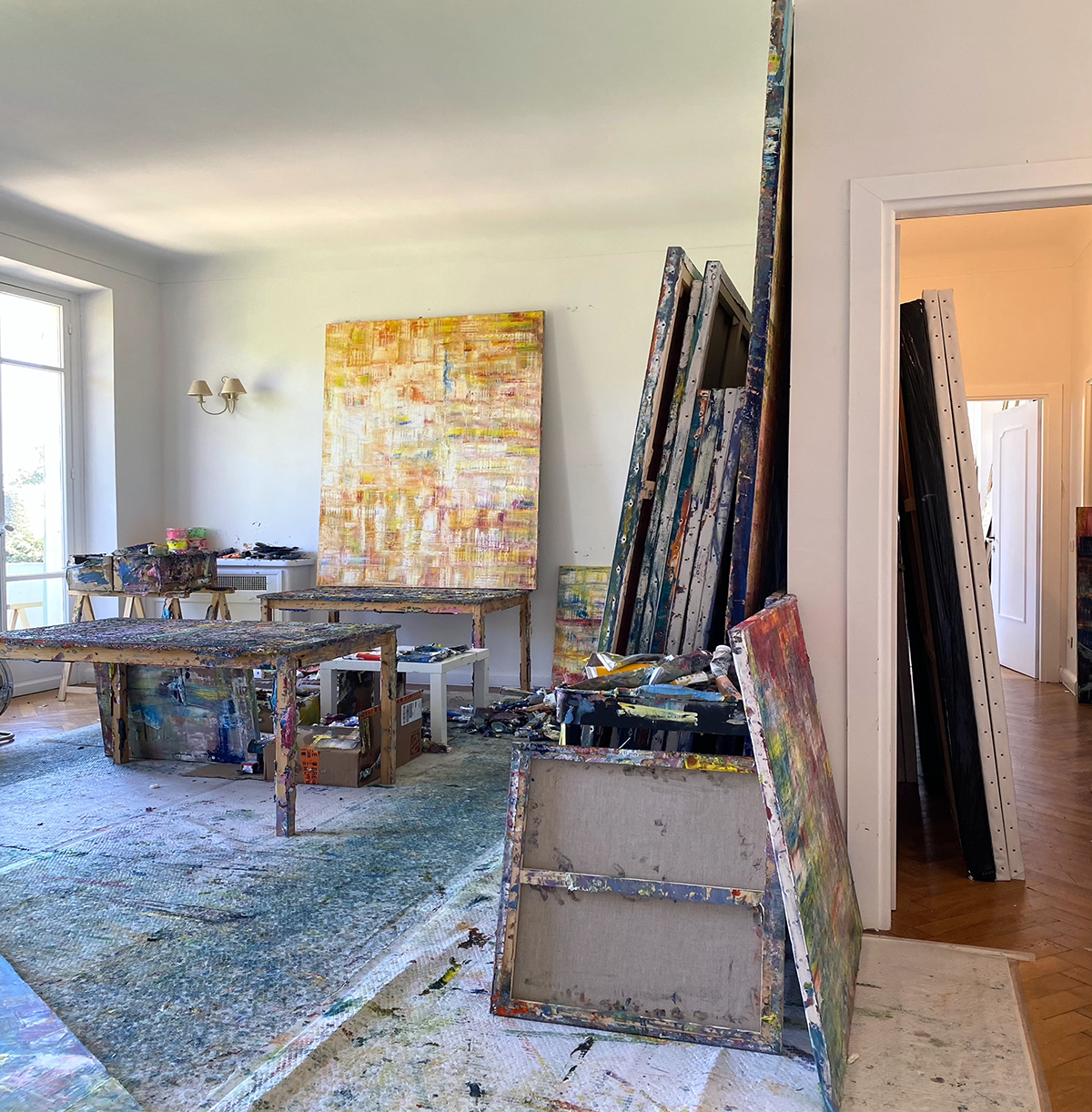
“The studio is divided into five main spaces. There are two painting spaces in two different sections, one for where 90% of the creative process happens and the other for the detailing work. There’s also a storage room where finished works are stored (I can’t show you that as don’t like to show sold works), an equipment and paint room, and a mounting room for when my framing partner passes by to pick up canvases to take back to his atelier and to mount smaller works on the chassis.”
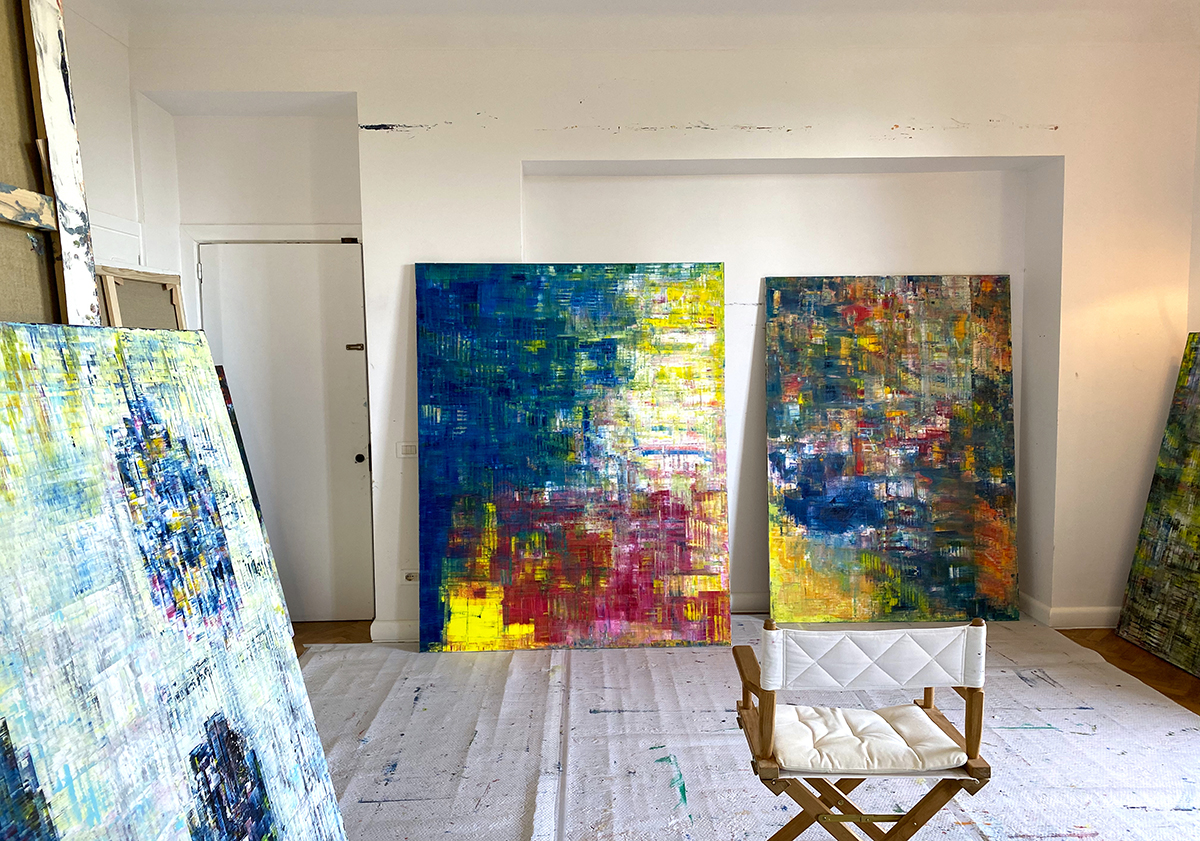
“There are some of my collectors who have become friends throughout the years who pass by regularly to see new works and have a chat, which is always fun. Our topics usually revolve around the work, their messages, the process and visionary discussions about life and our humanities. They usually find one or two works they fall in love which I end up putting in the ‘sold room’ until they are picked up. There are maybe three of my collector friends whom I like to listen to as they have a unique eye and understanding of the arts.”
Read more: Examining the work of visual artist and philosopher Wolfgang Tillmans
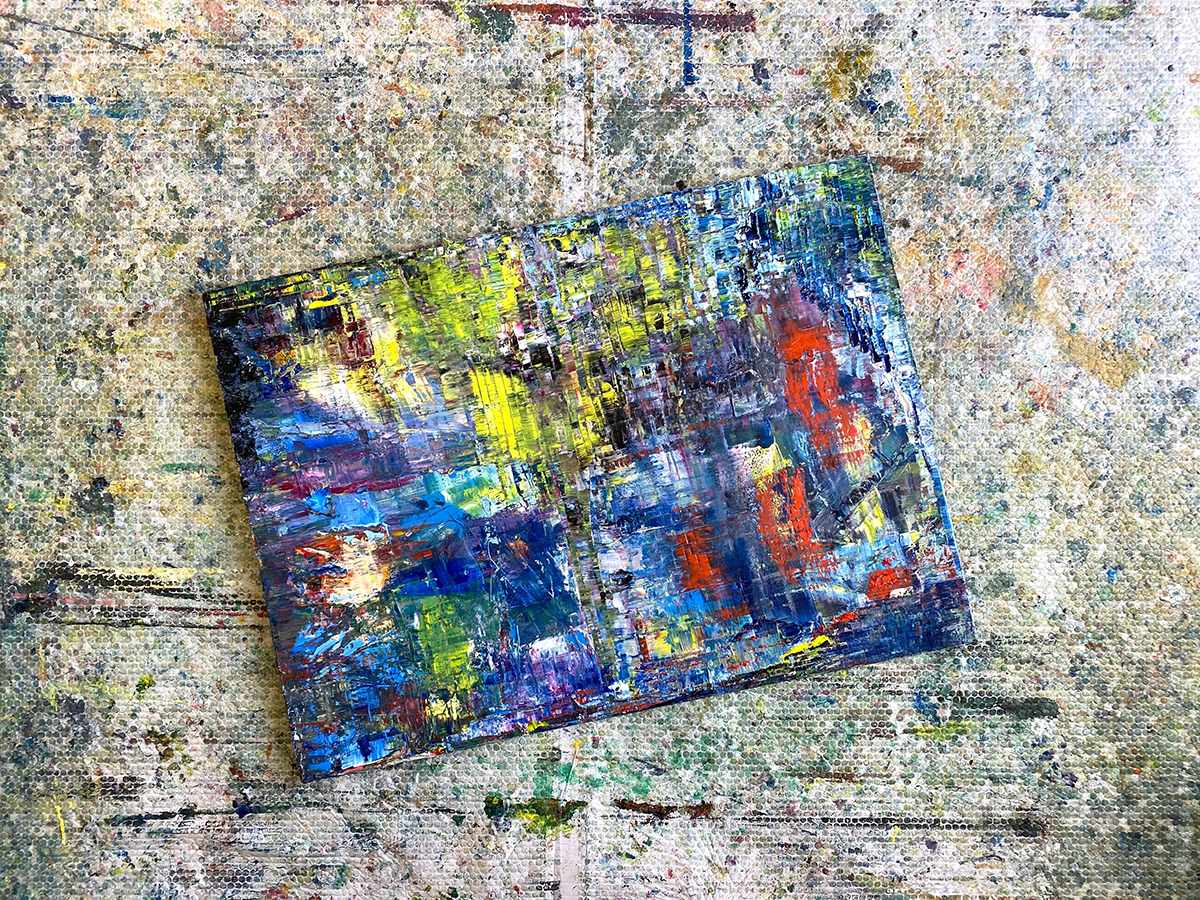
“This study, entitled Rebirth Under the Gingko Tree, has been a work in progress for about a year, which a larger piece will be based on.”
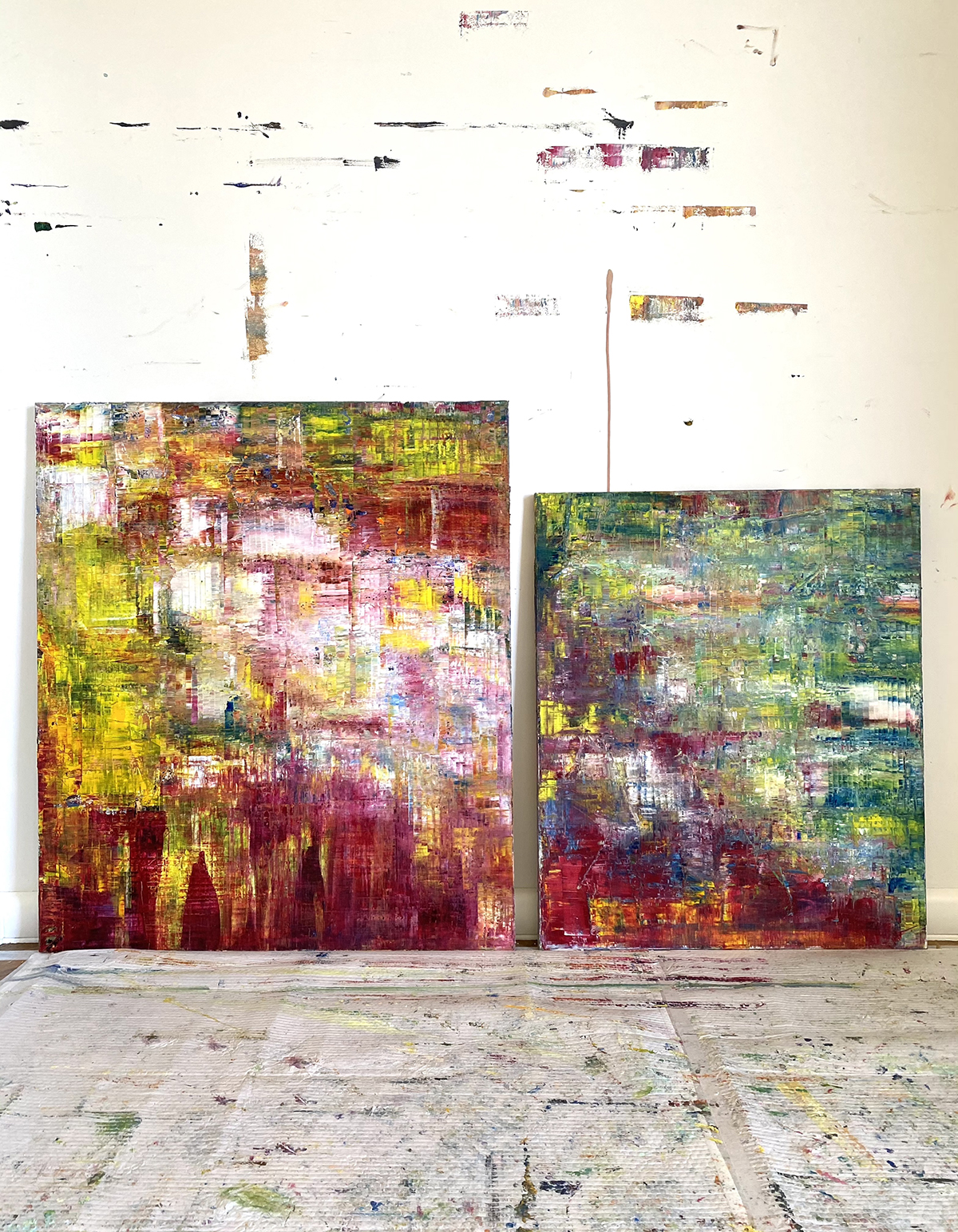
“Both of these canvases have been prepared for my upcoming show Rebirth. Both works were done simultaneously showing each a tree amongst nature. This shot was after each canvas was stretched on a chassis.”
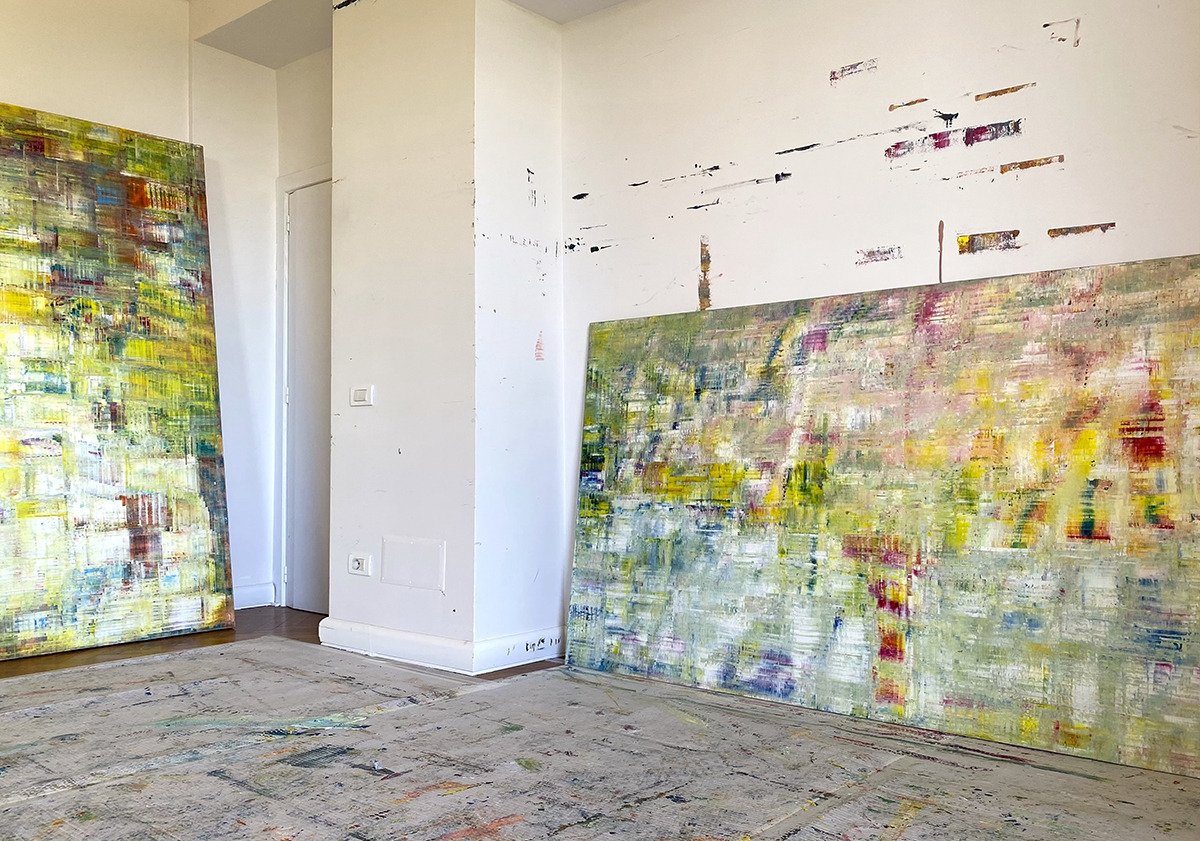
“Space is primordial for me – I have recently taken over the above floor of my current studio to extend my working space.”
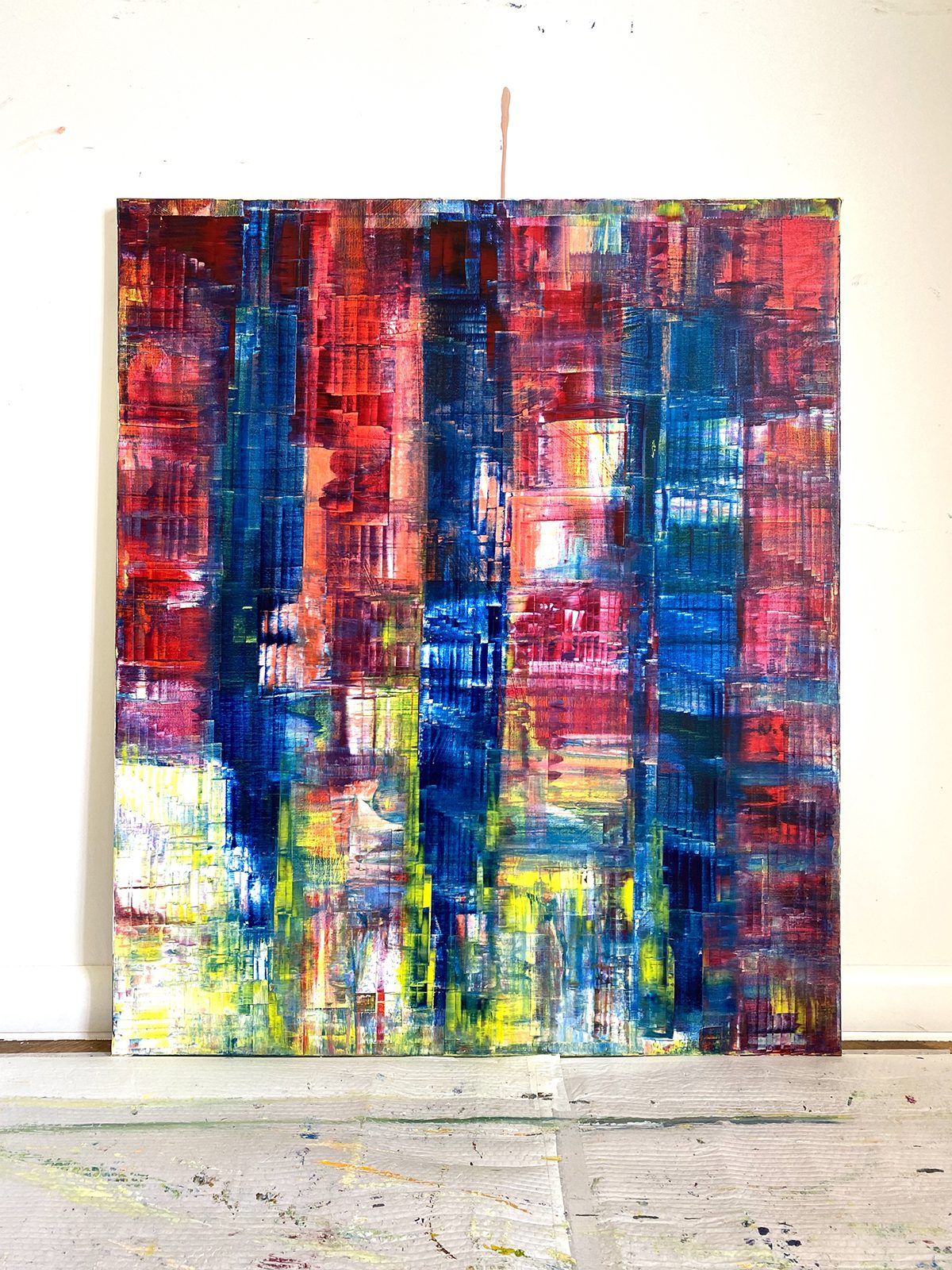
“This work is entitled Eternal Garden. It’s hard to describe how I know when a painting is finished – it is like an internal click and then you know it’s perfect.”
Sassan Behnam-Bakhtiar’s upcoming exhibition ‘Rebirth’ is due to open at Saint-Jean-Cap-Ferrat Cultural Space (Villa Namouna) on 11 September until 11 October 2020.
He is represented by Setareh Gallery, Dusseldorf: setareh-gallery.com



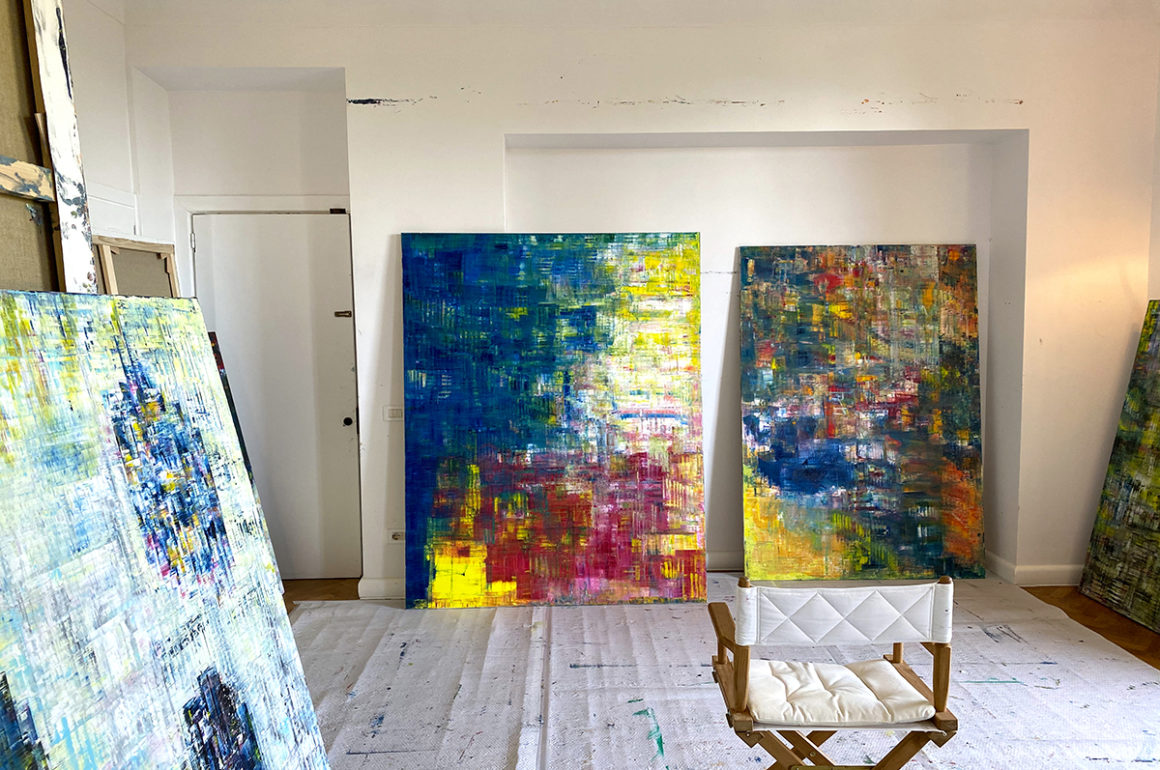
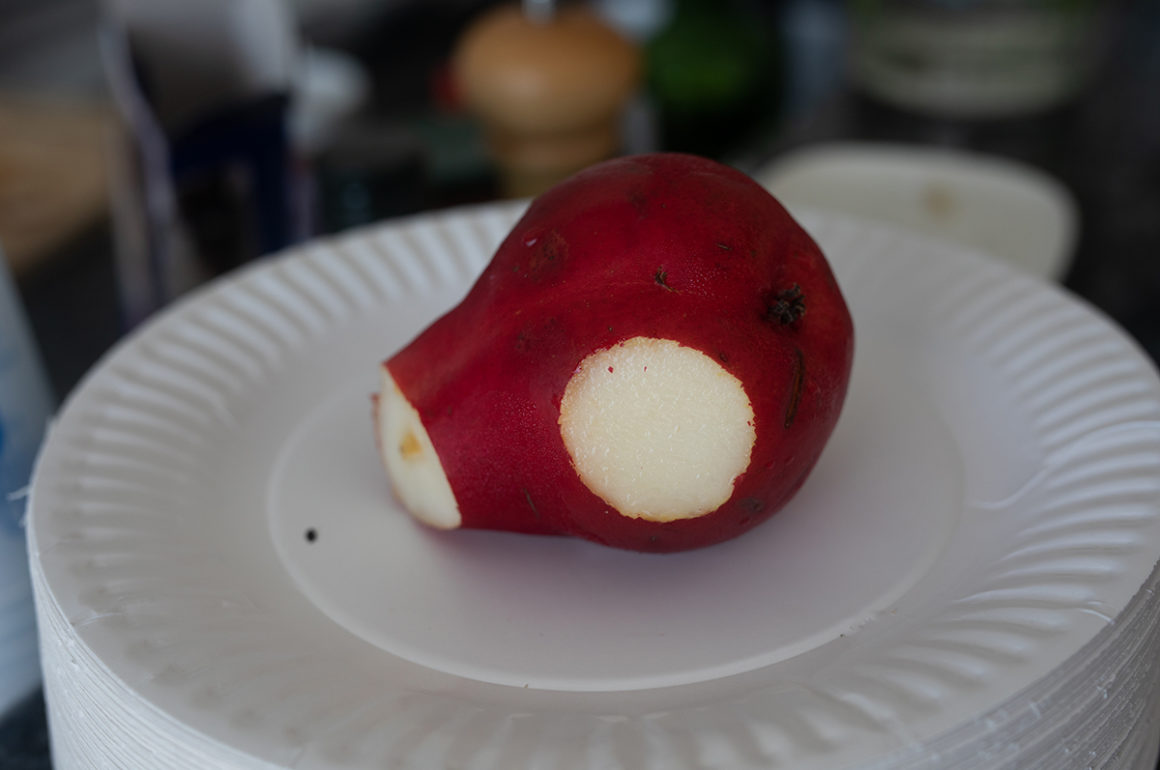
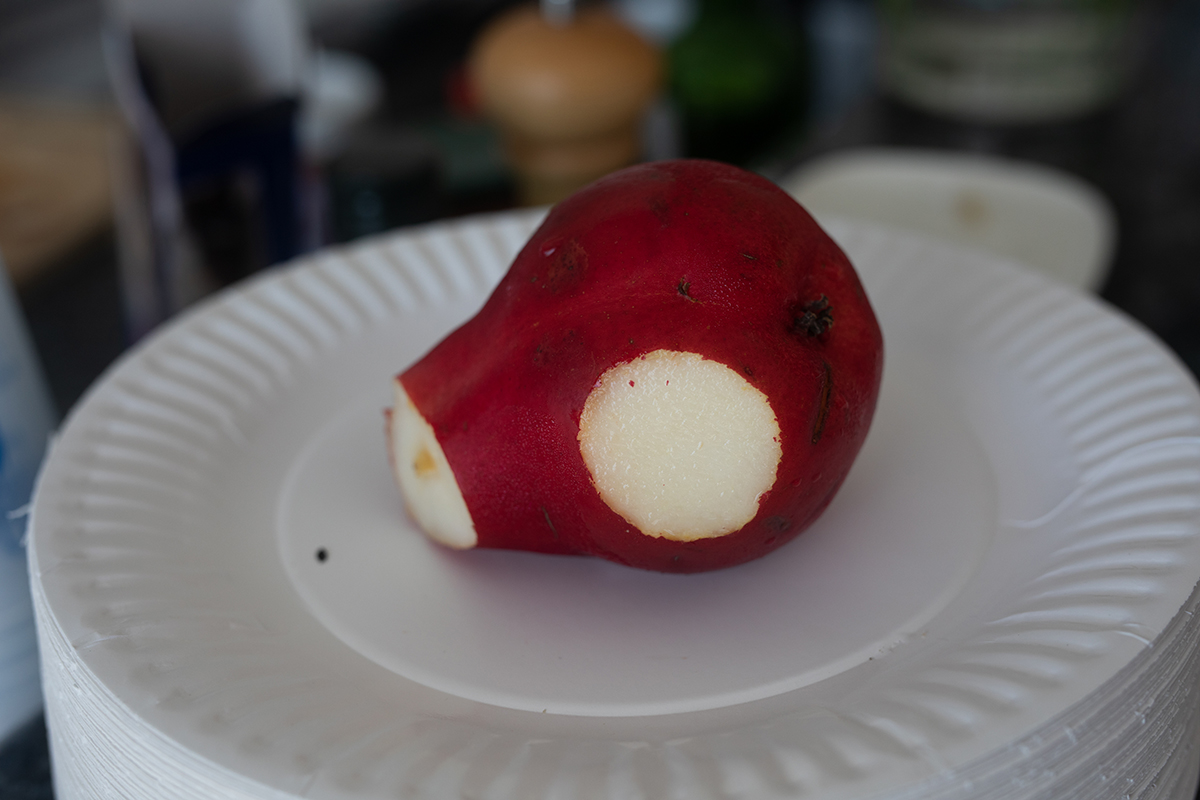
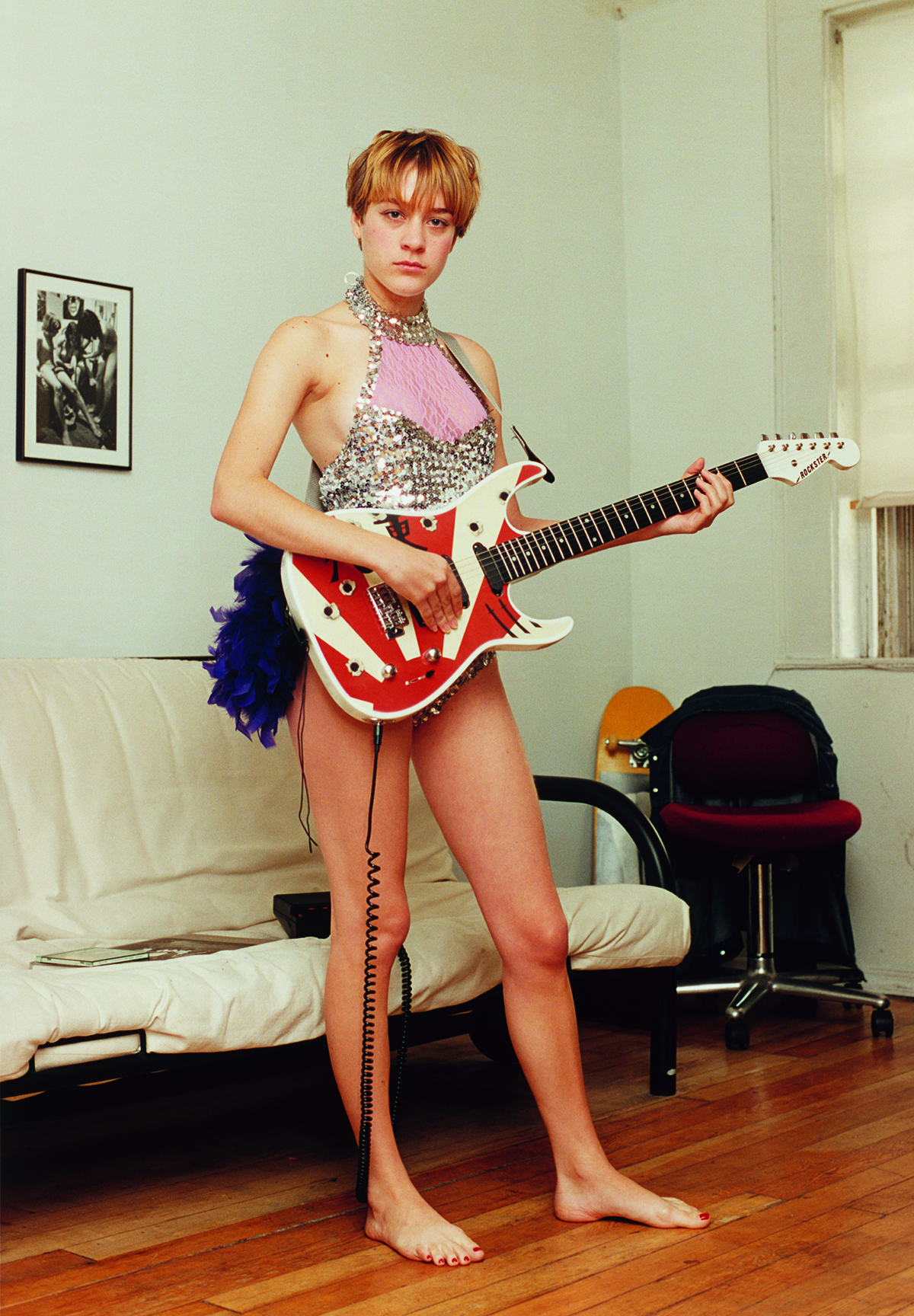
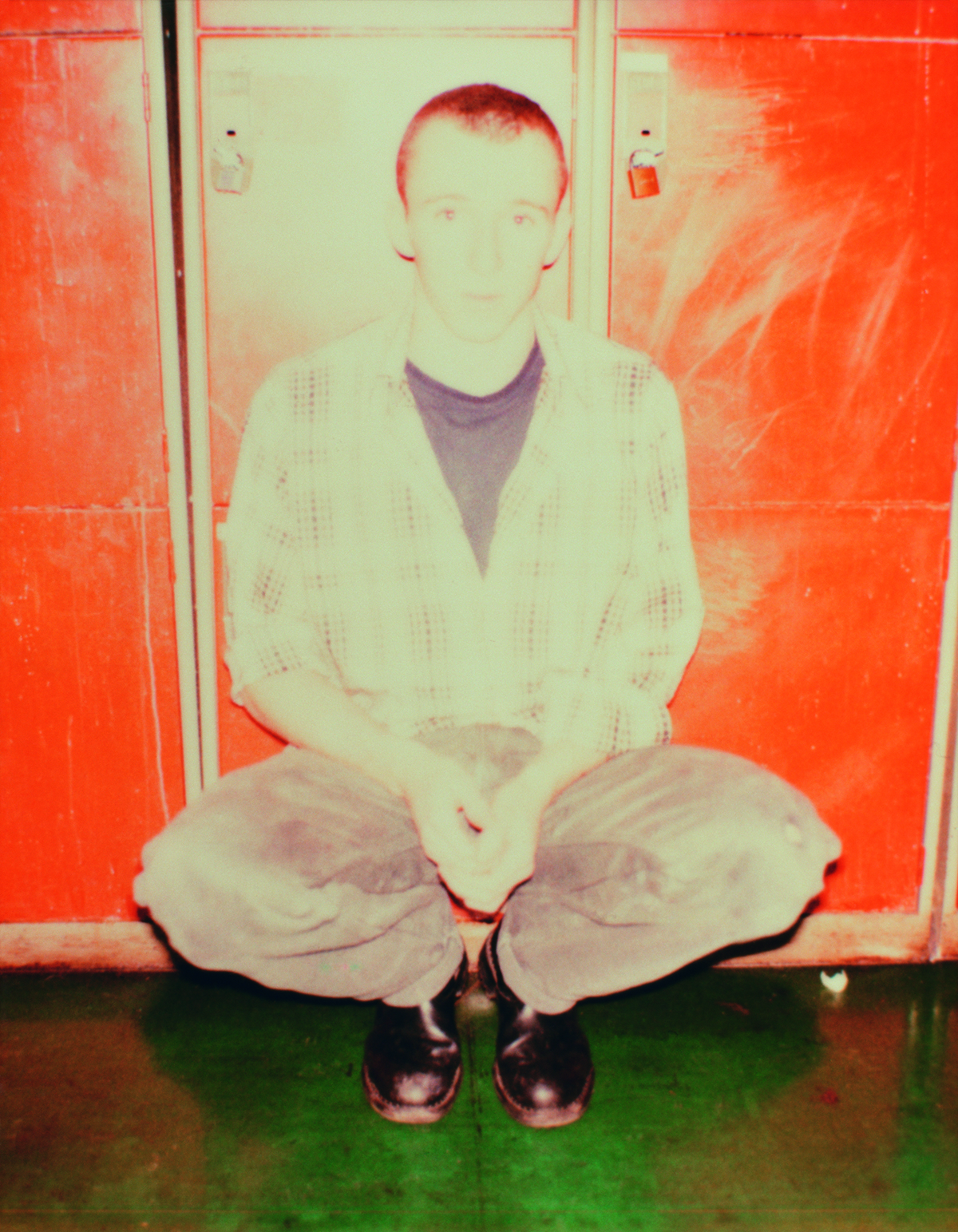
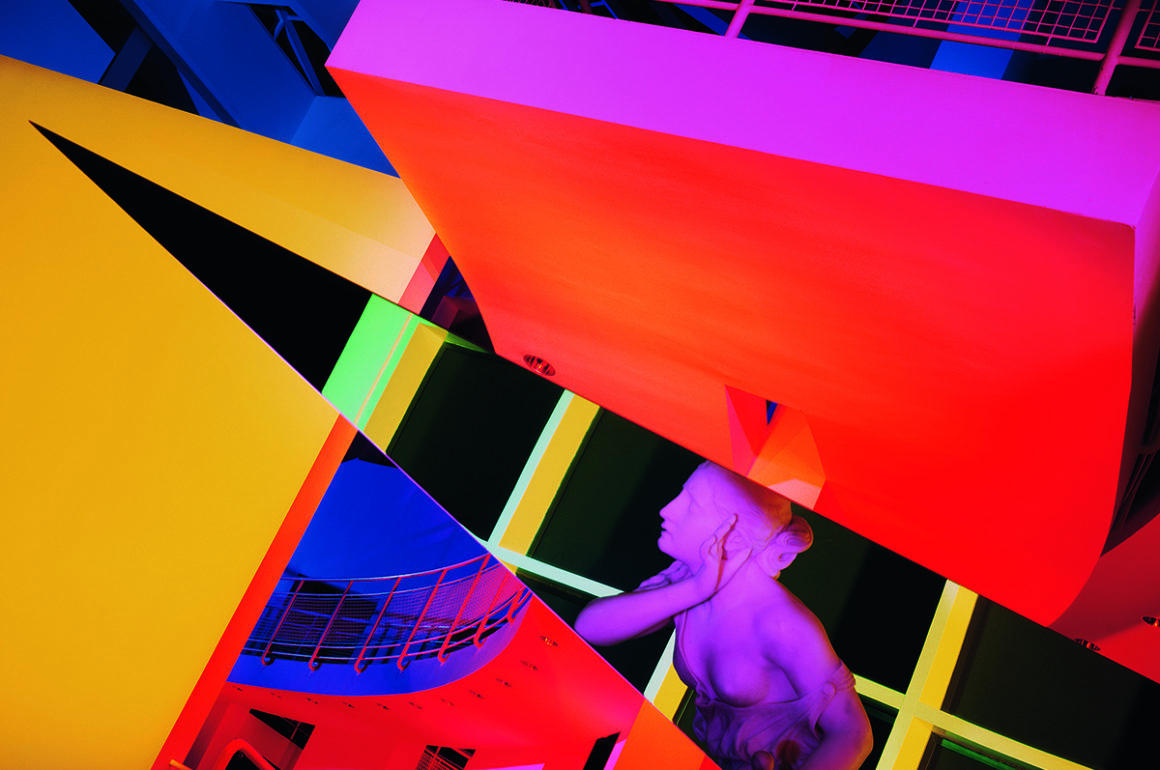
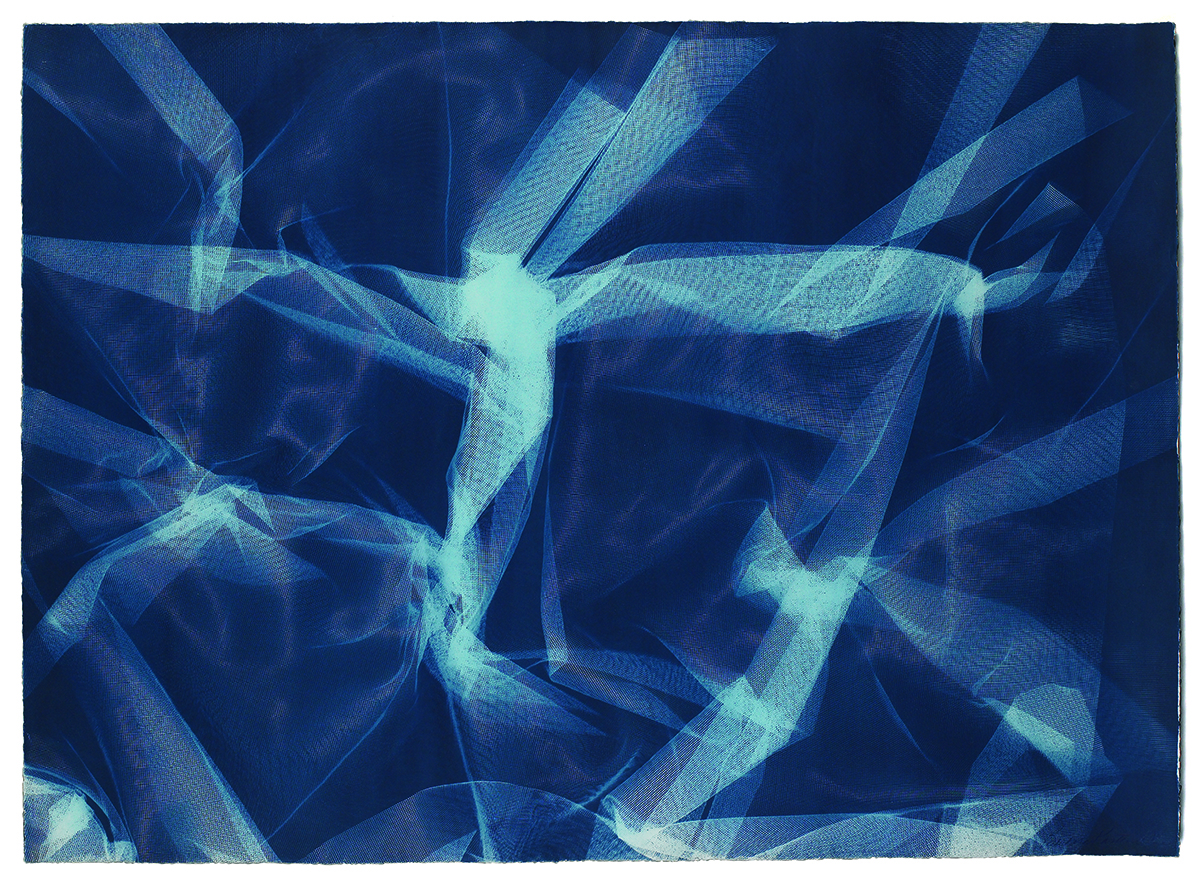
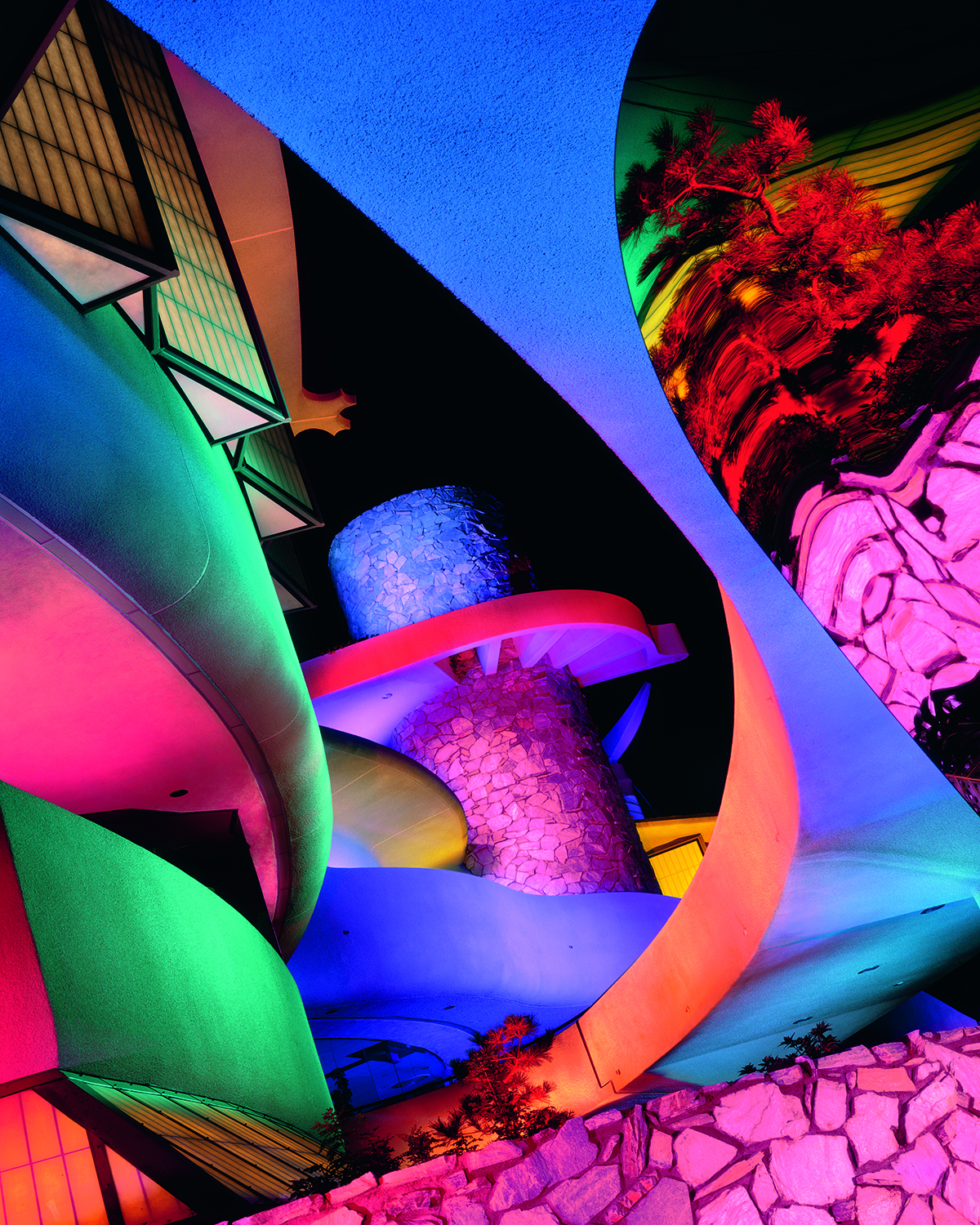
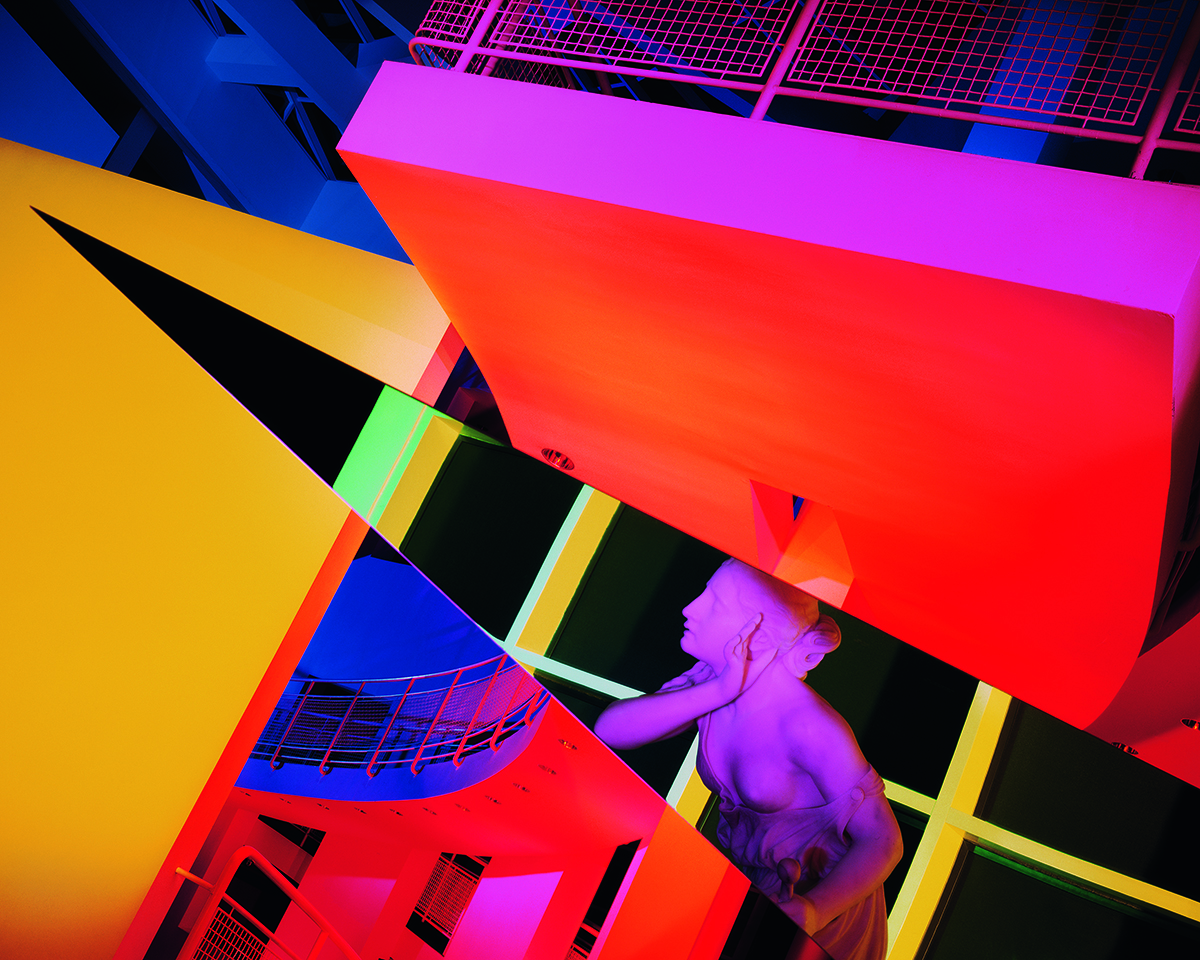
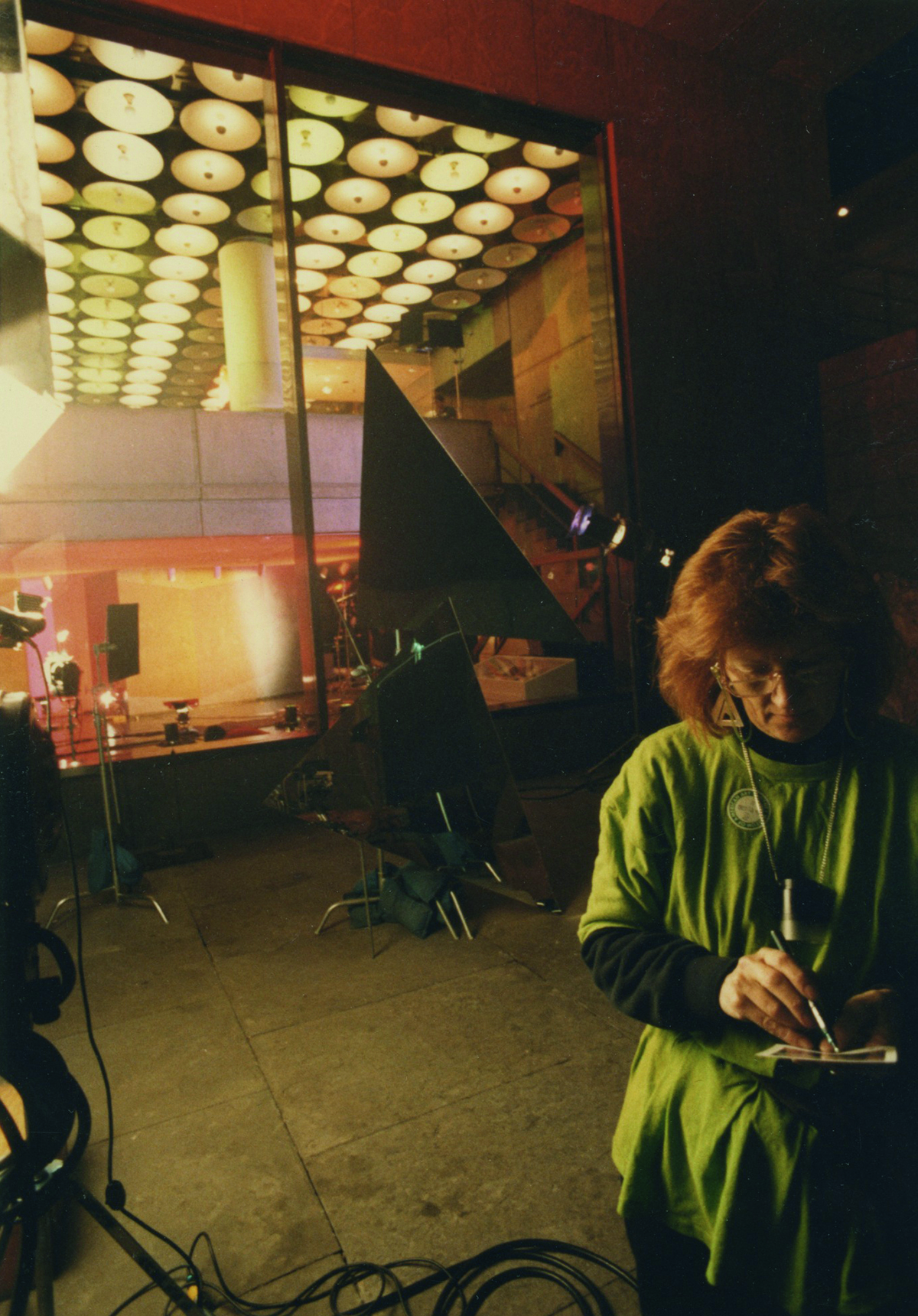
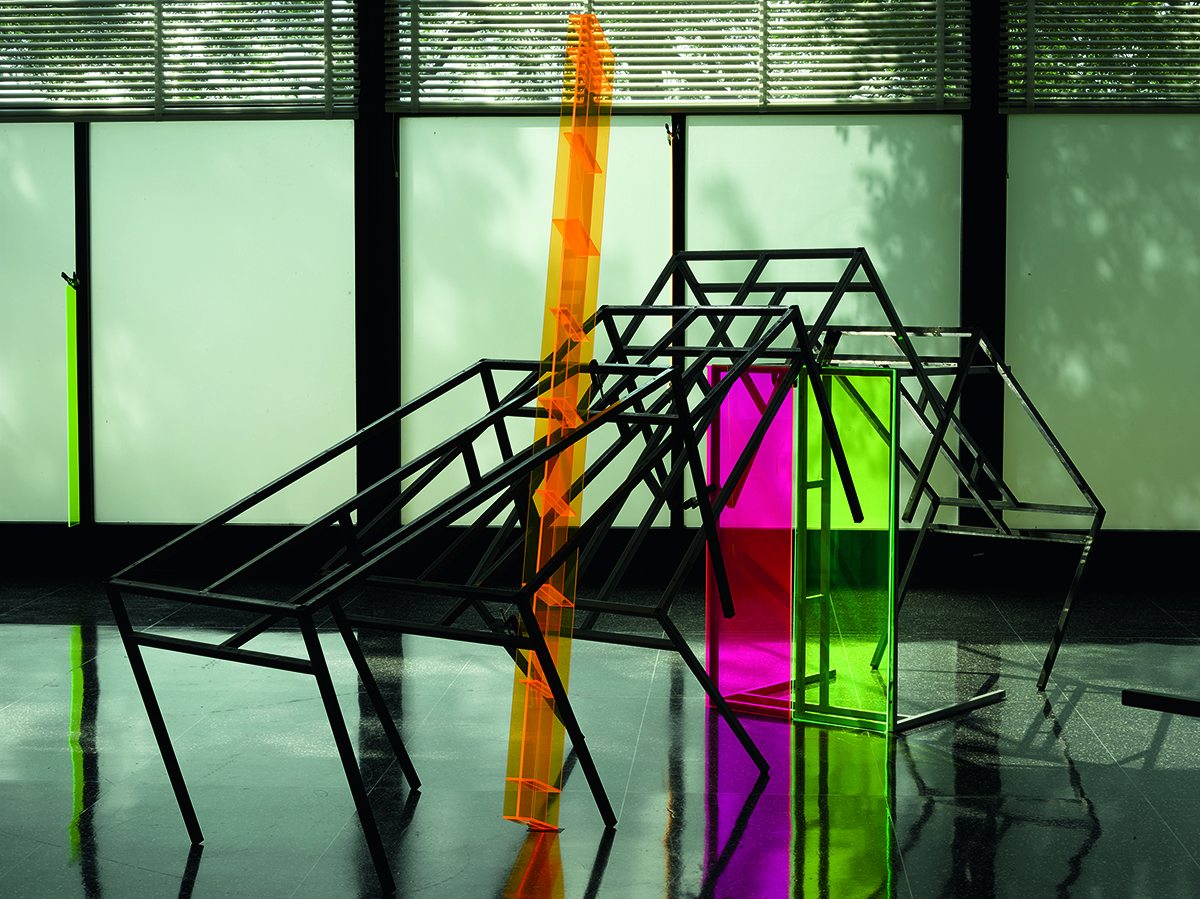
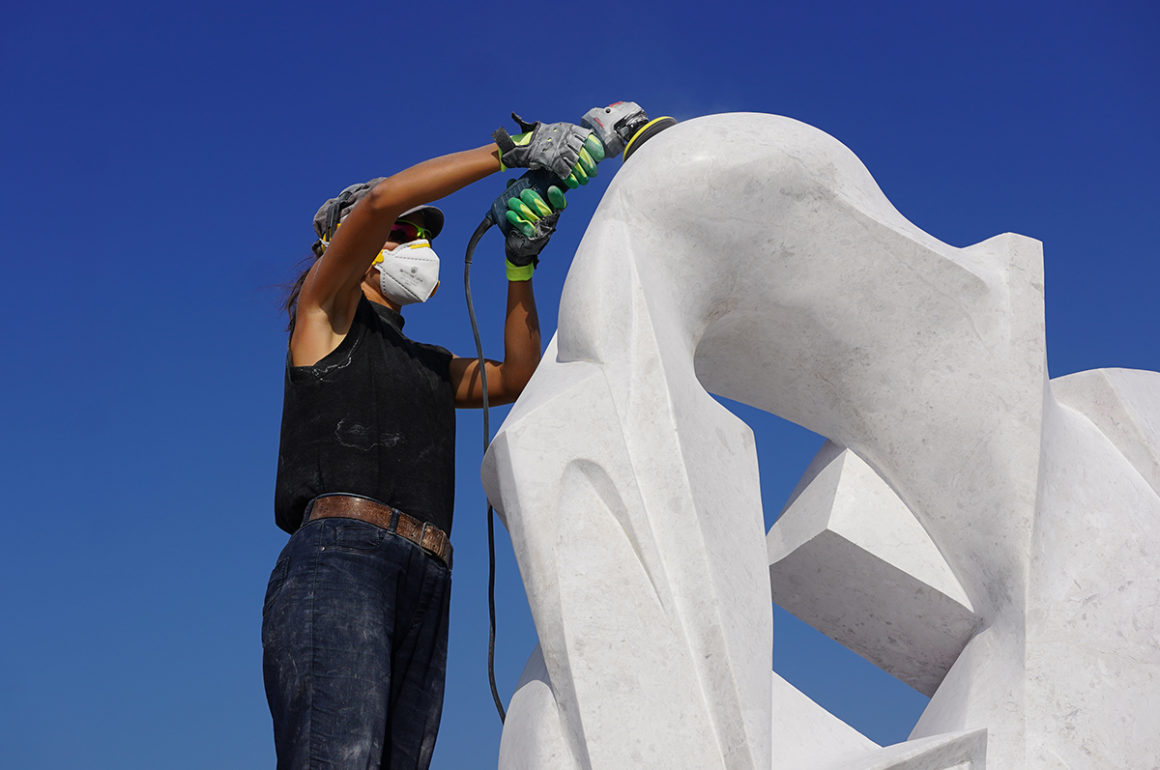
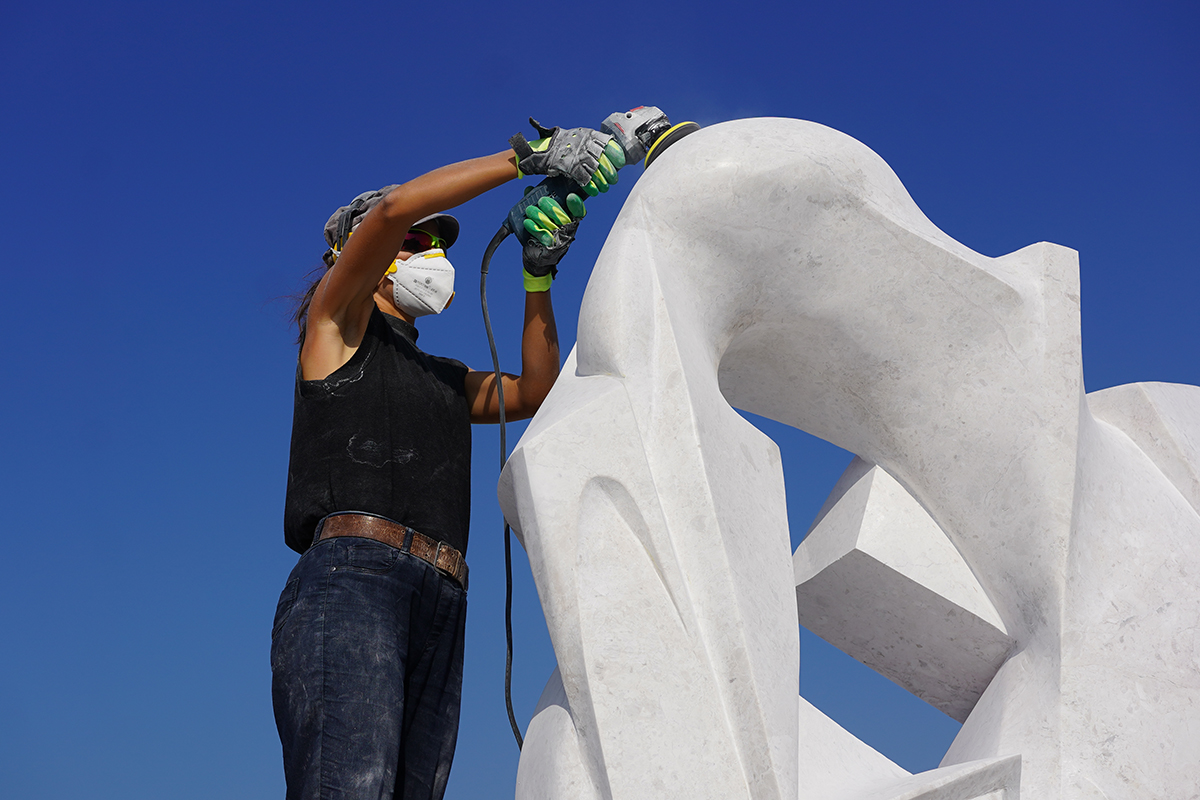
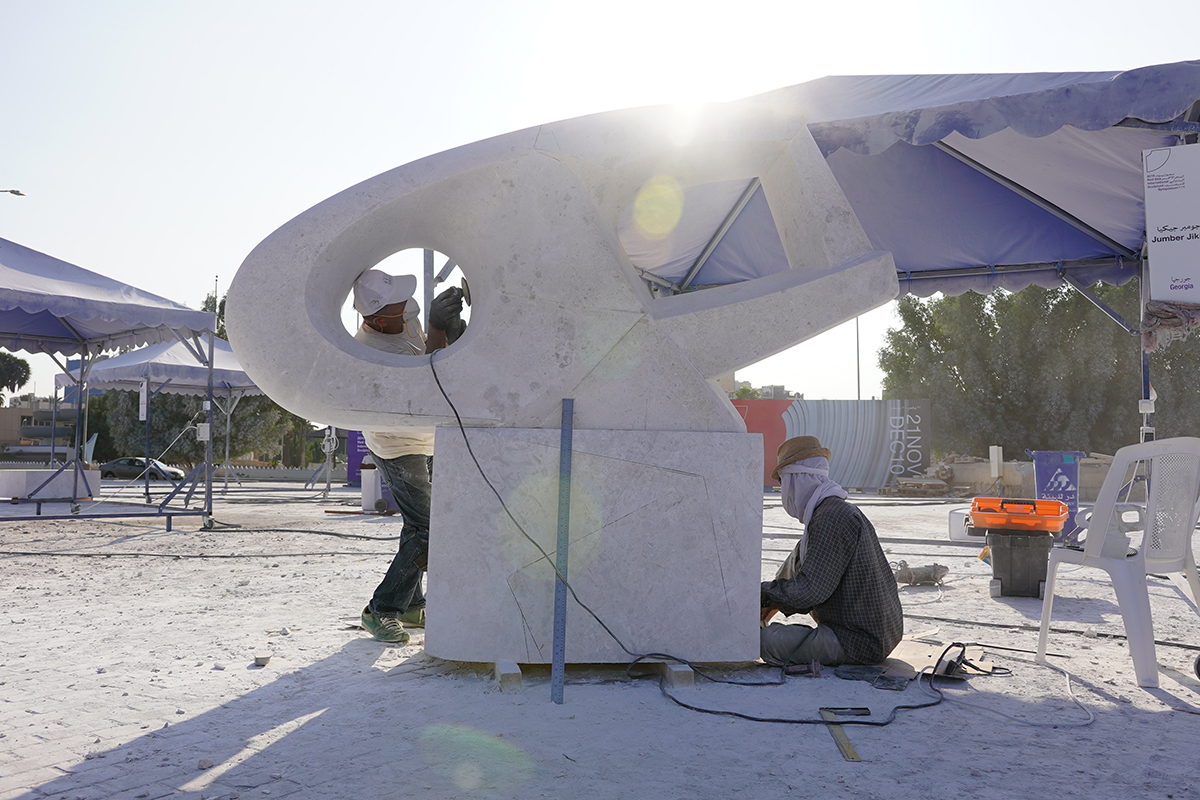
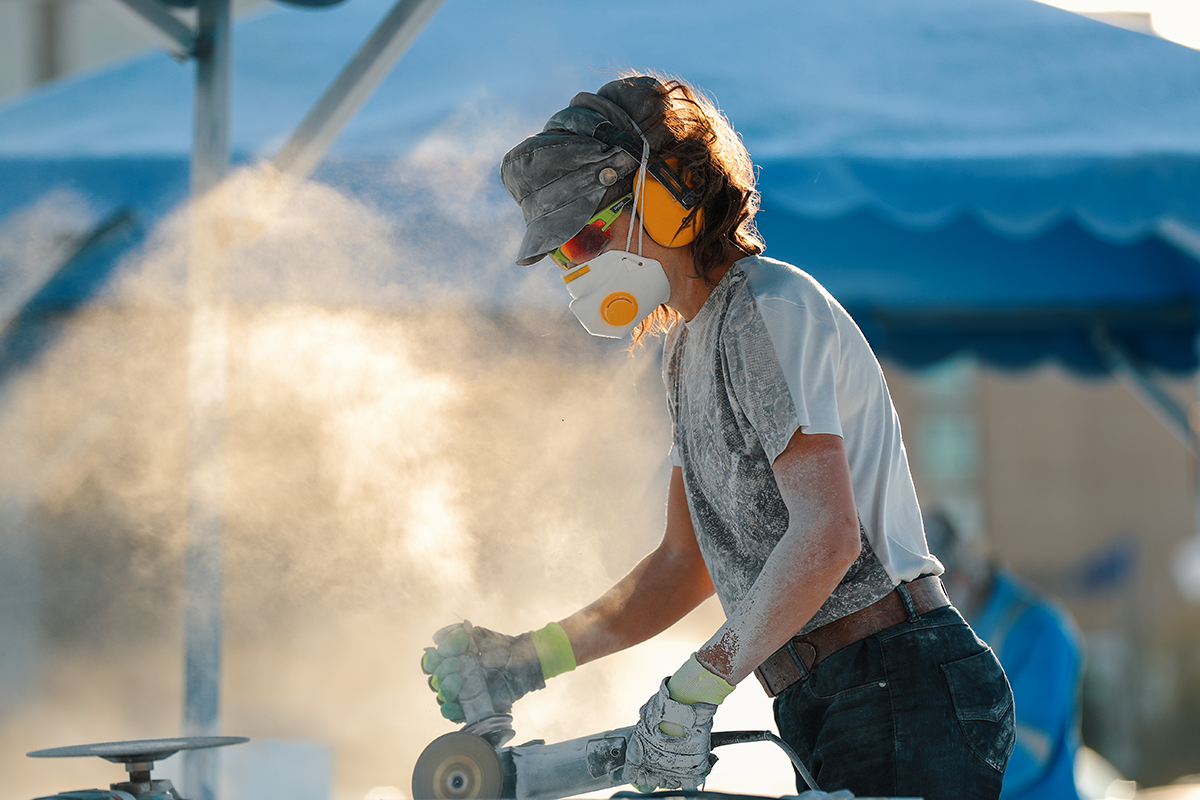
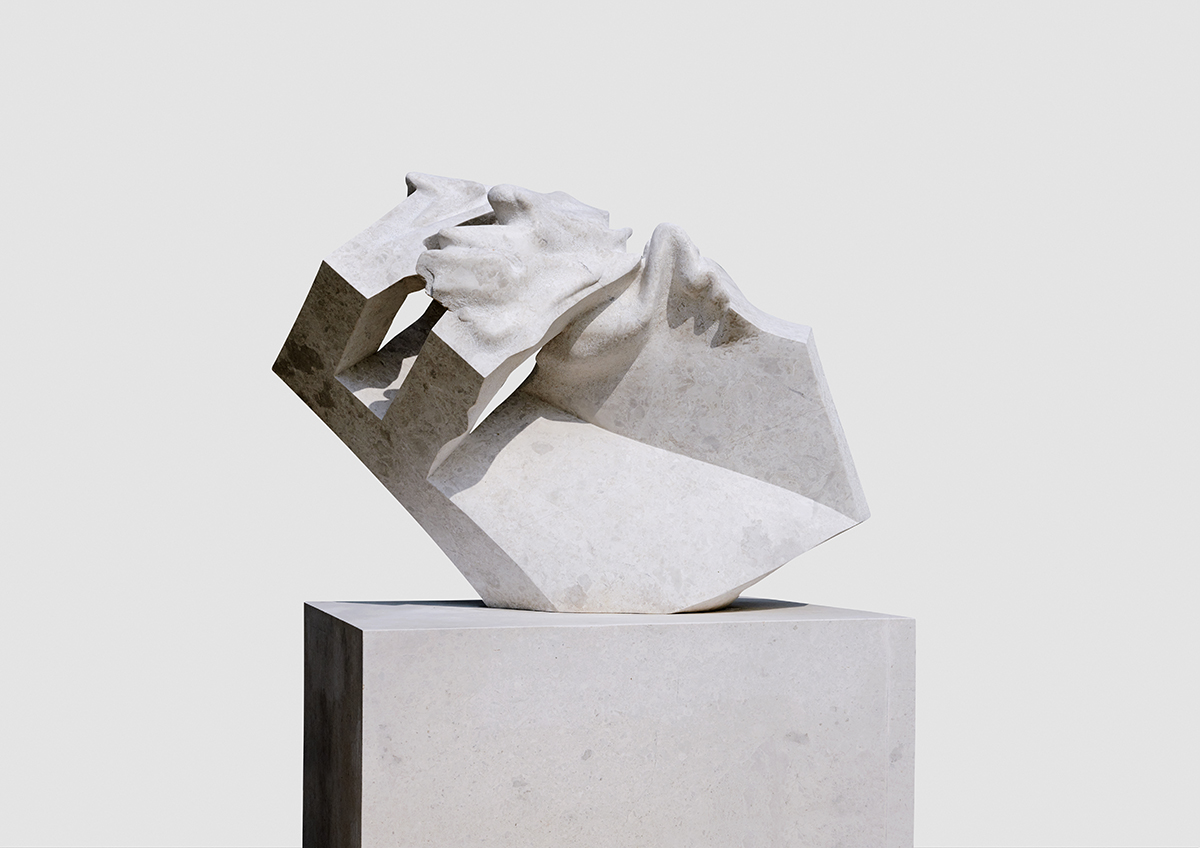
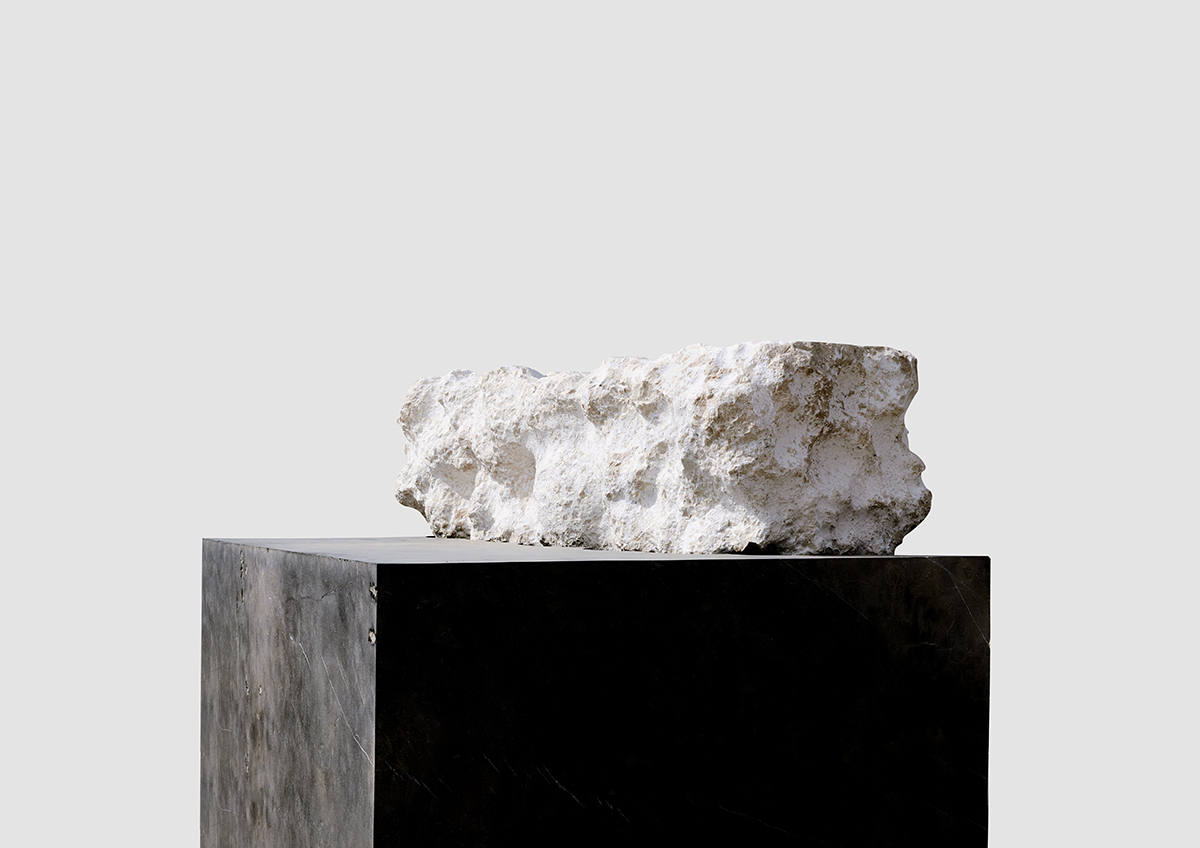
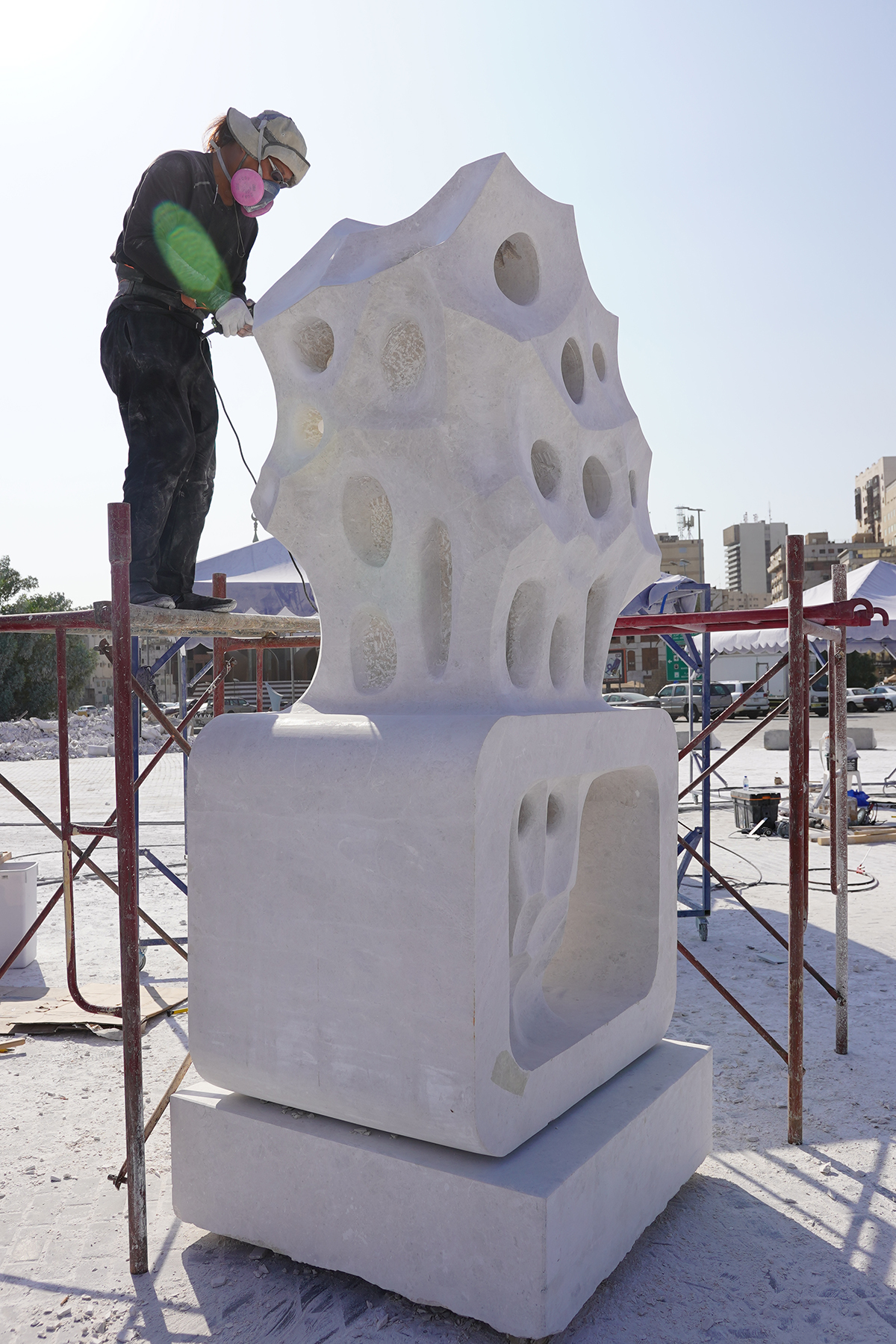
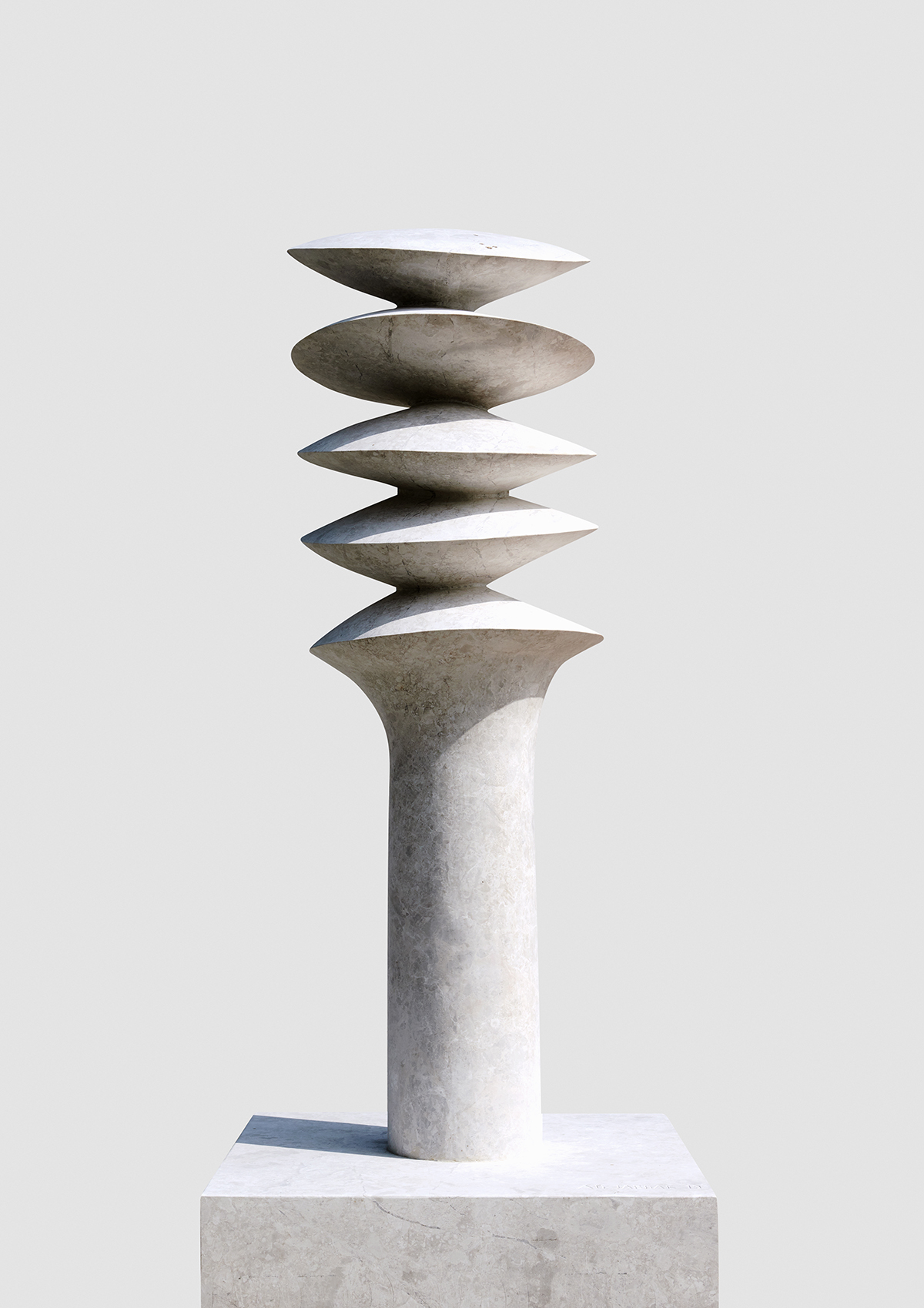
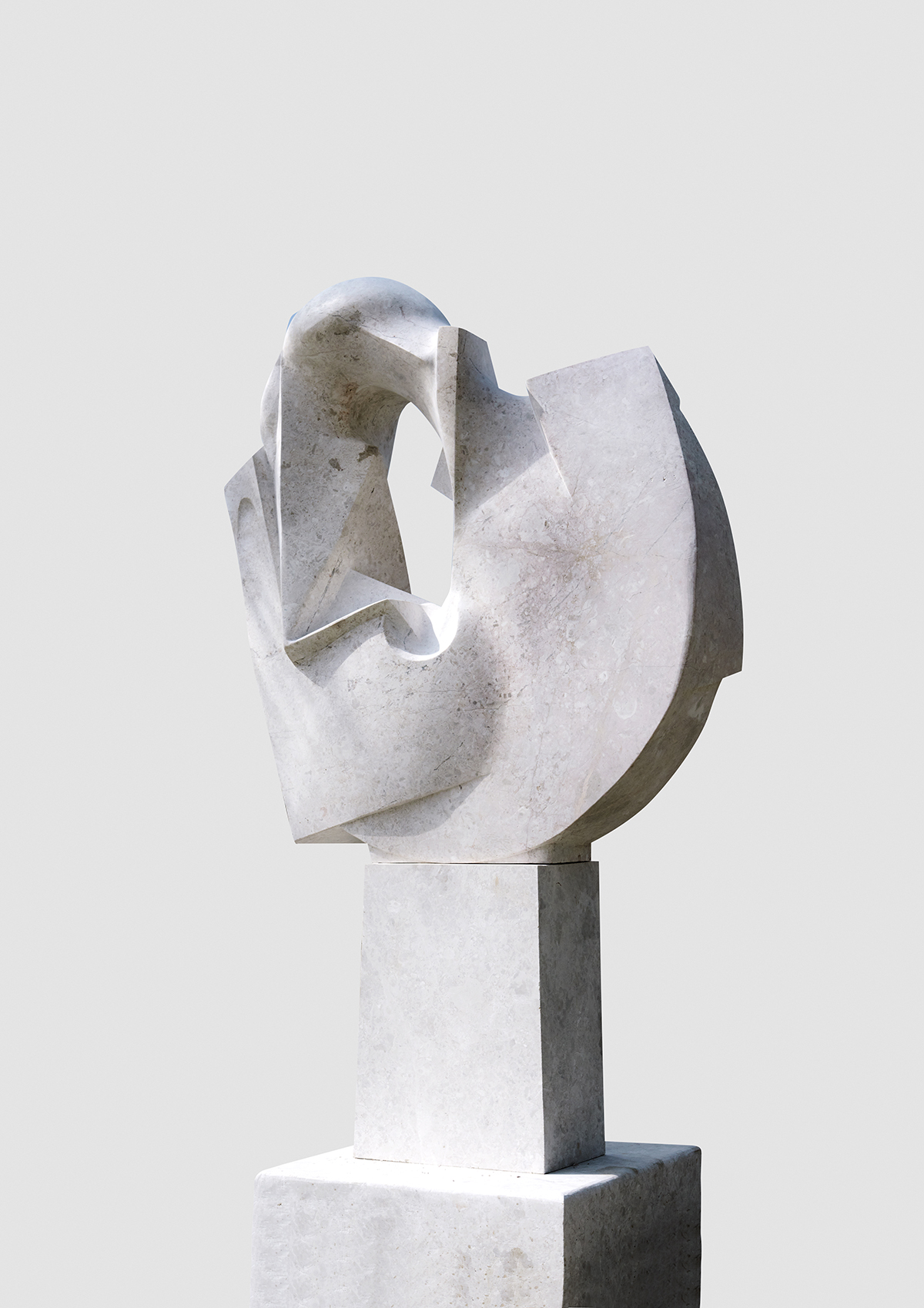
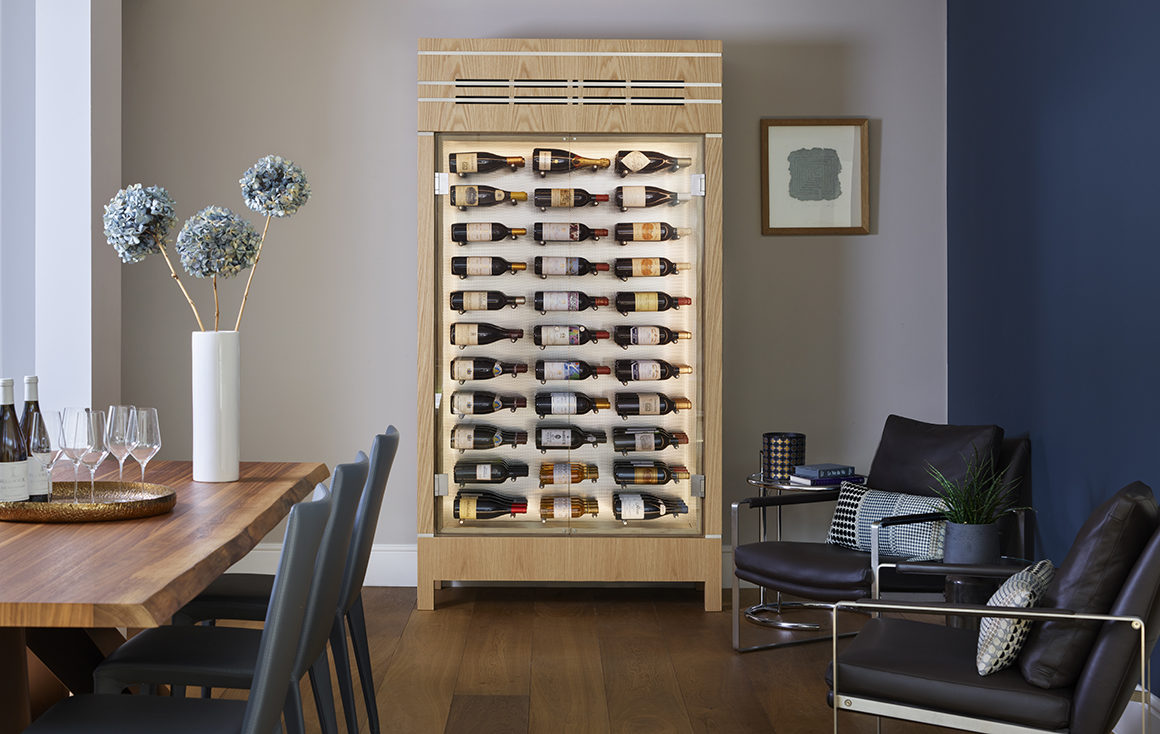
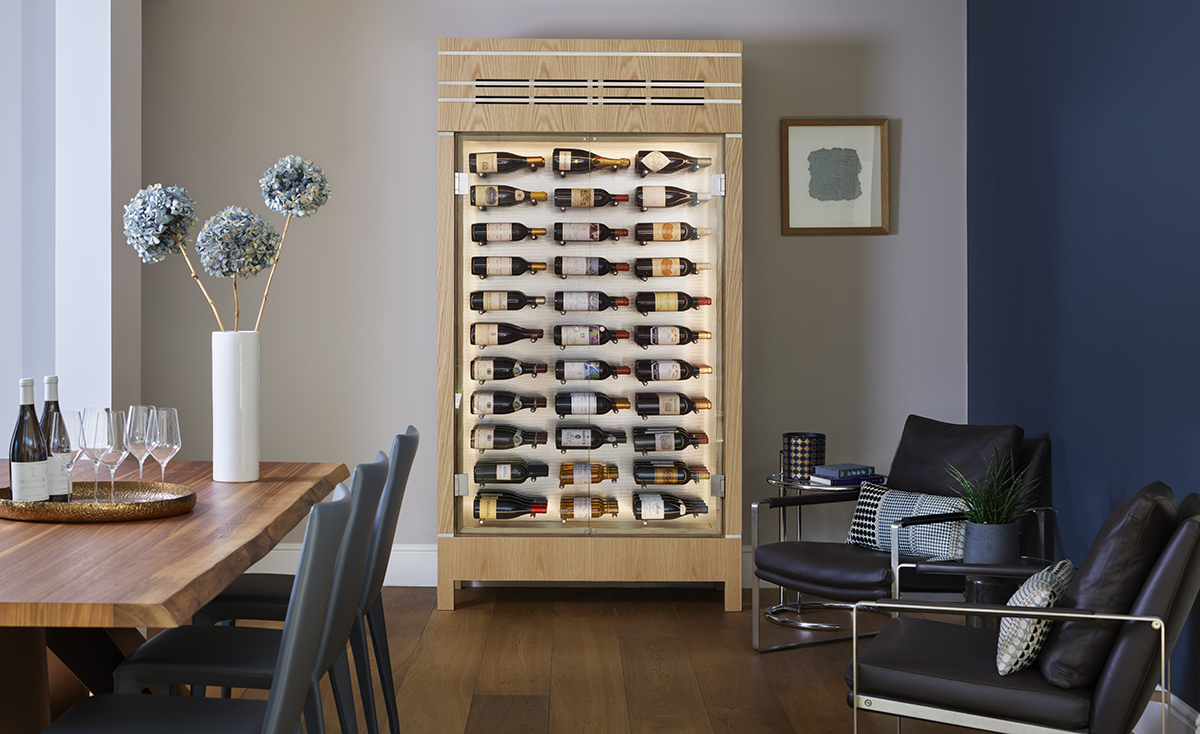

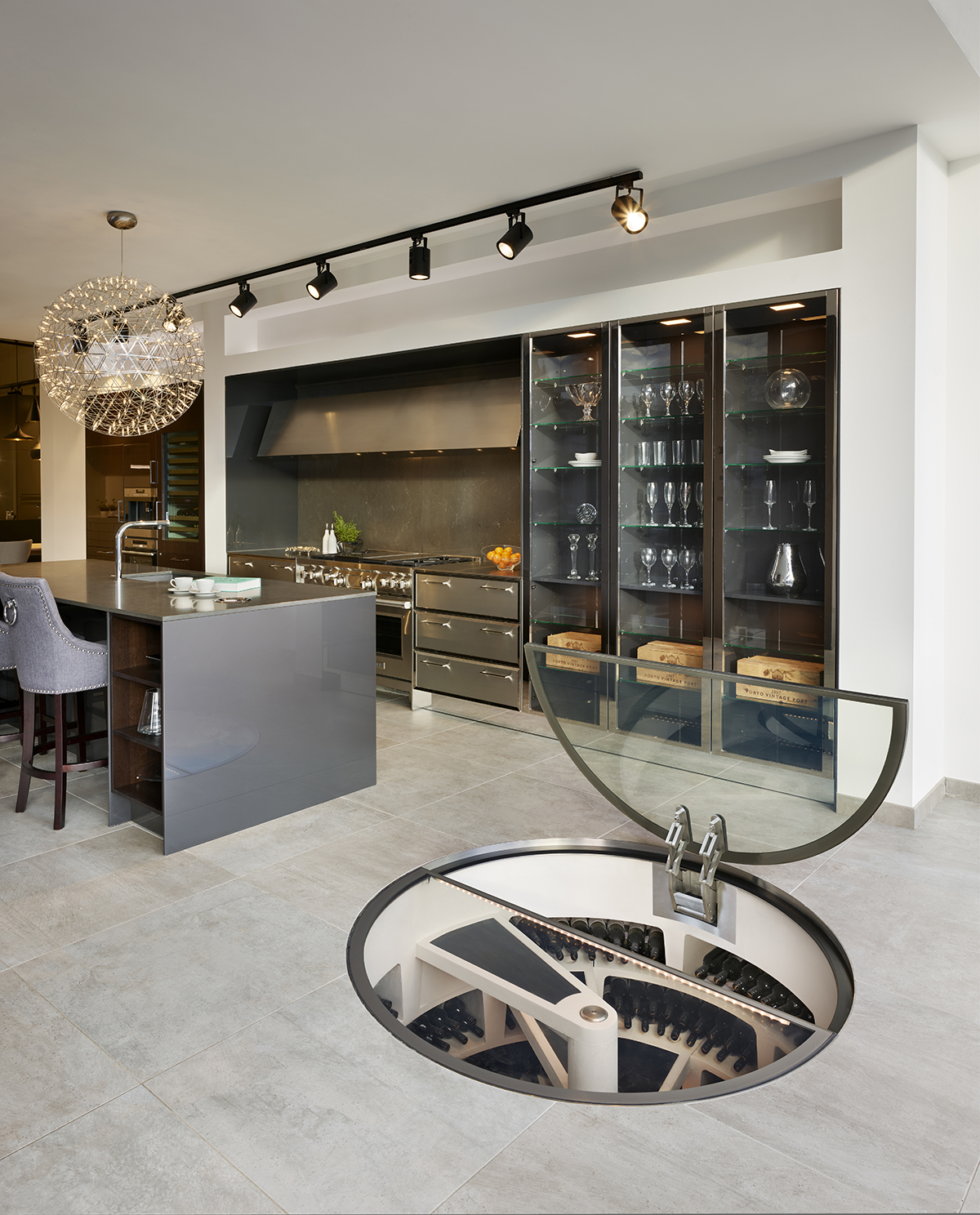
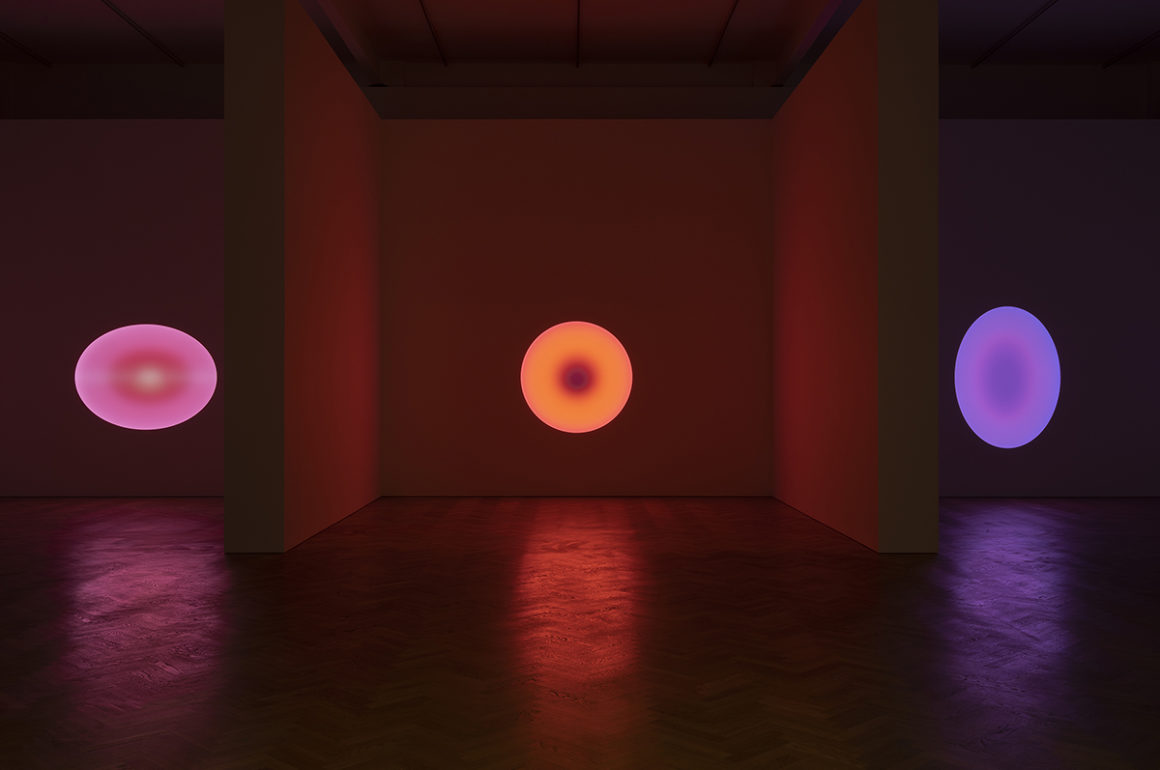
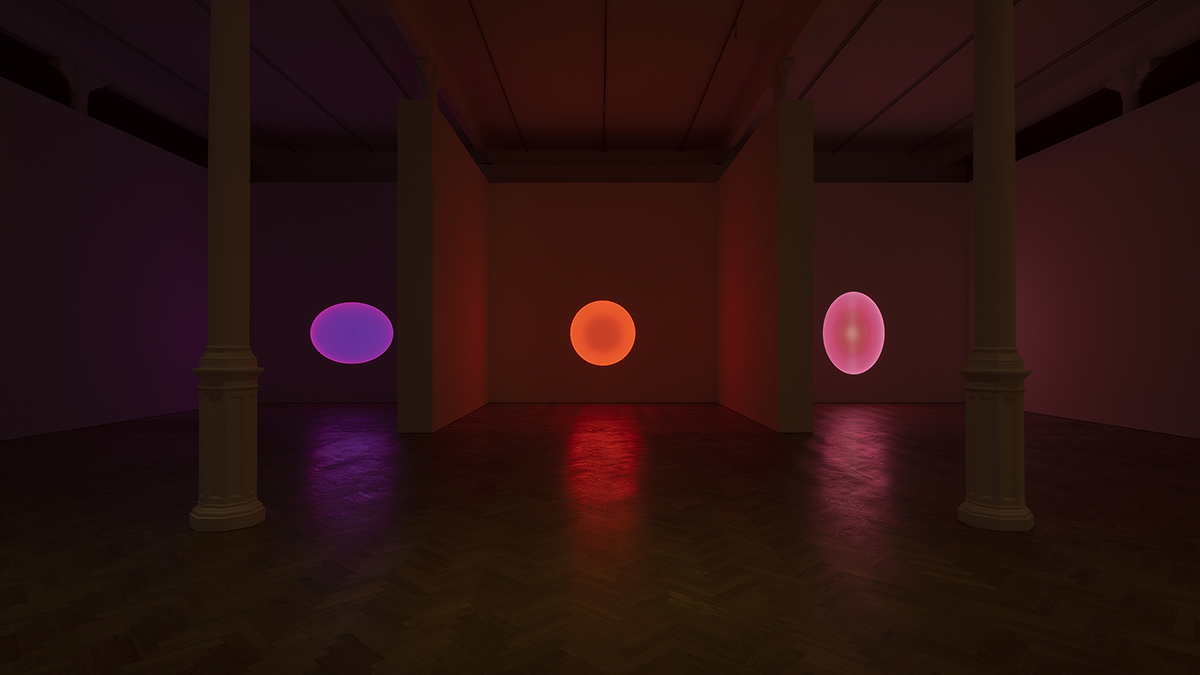


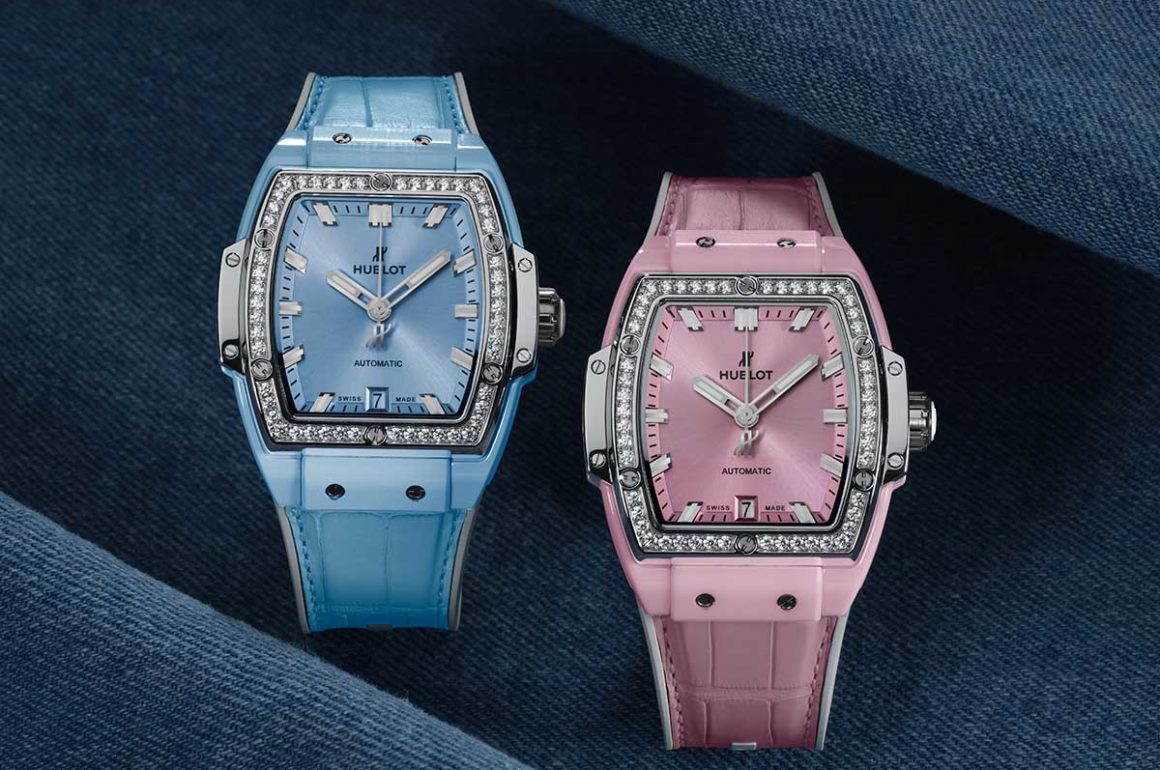
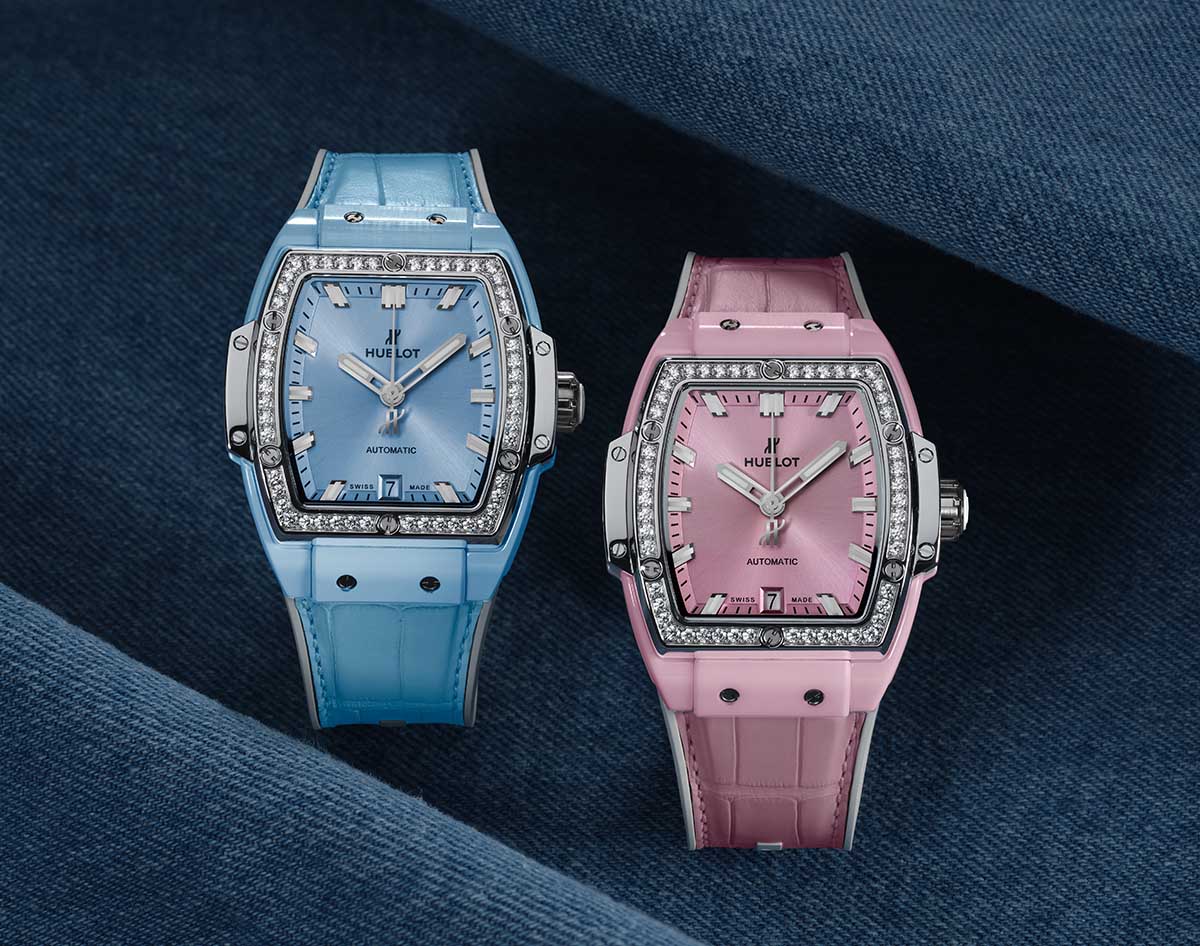
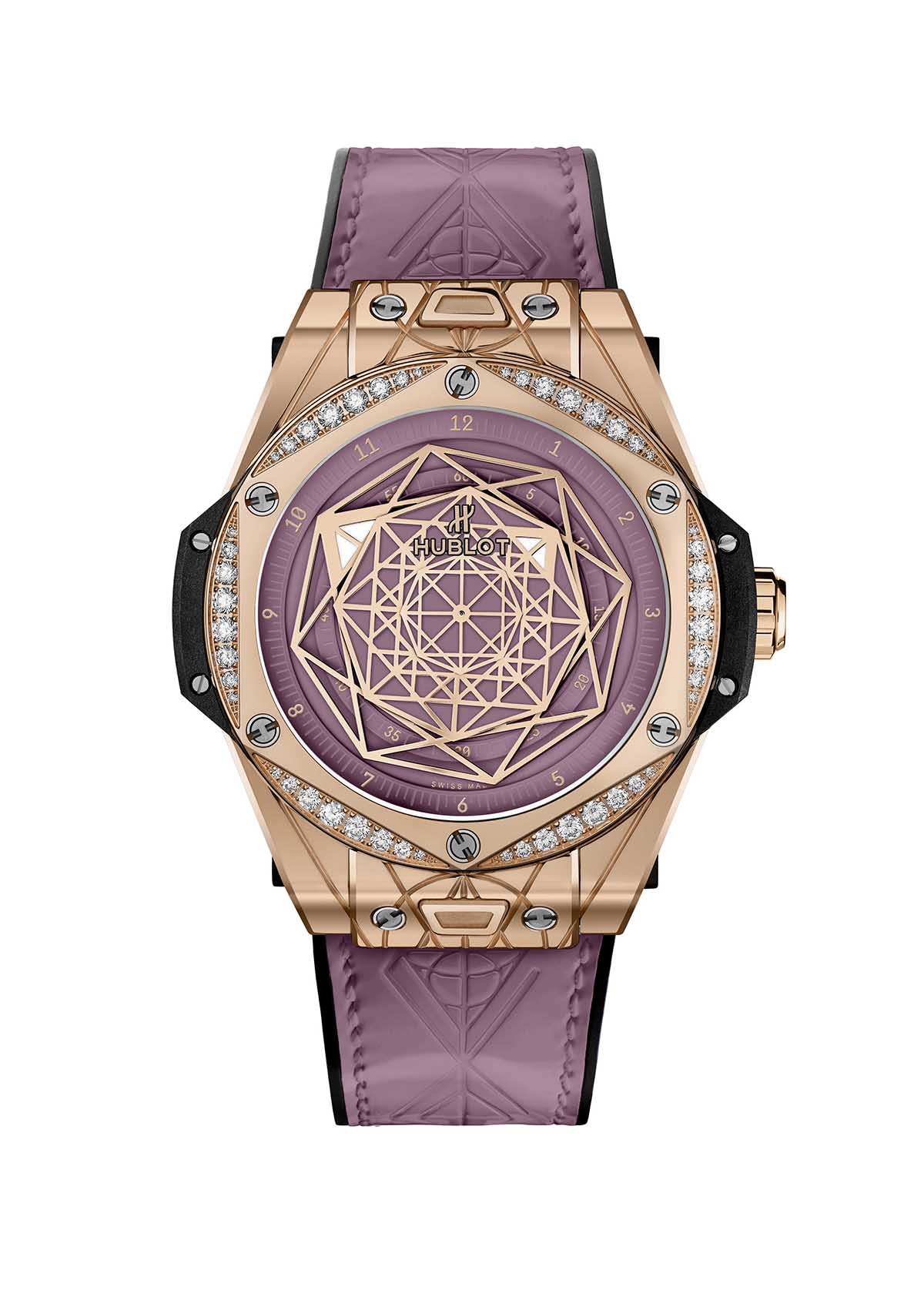
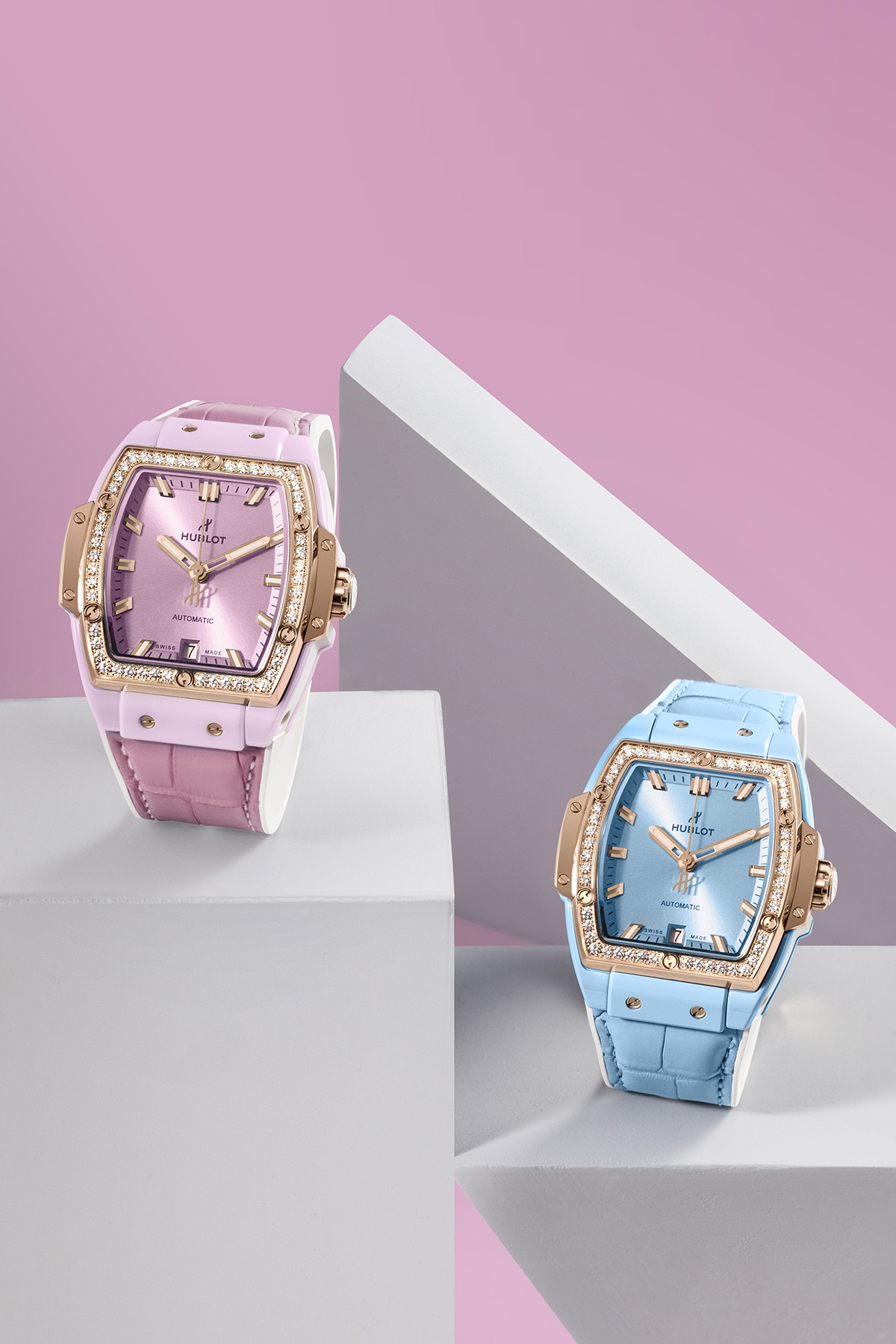
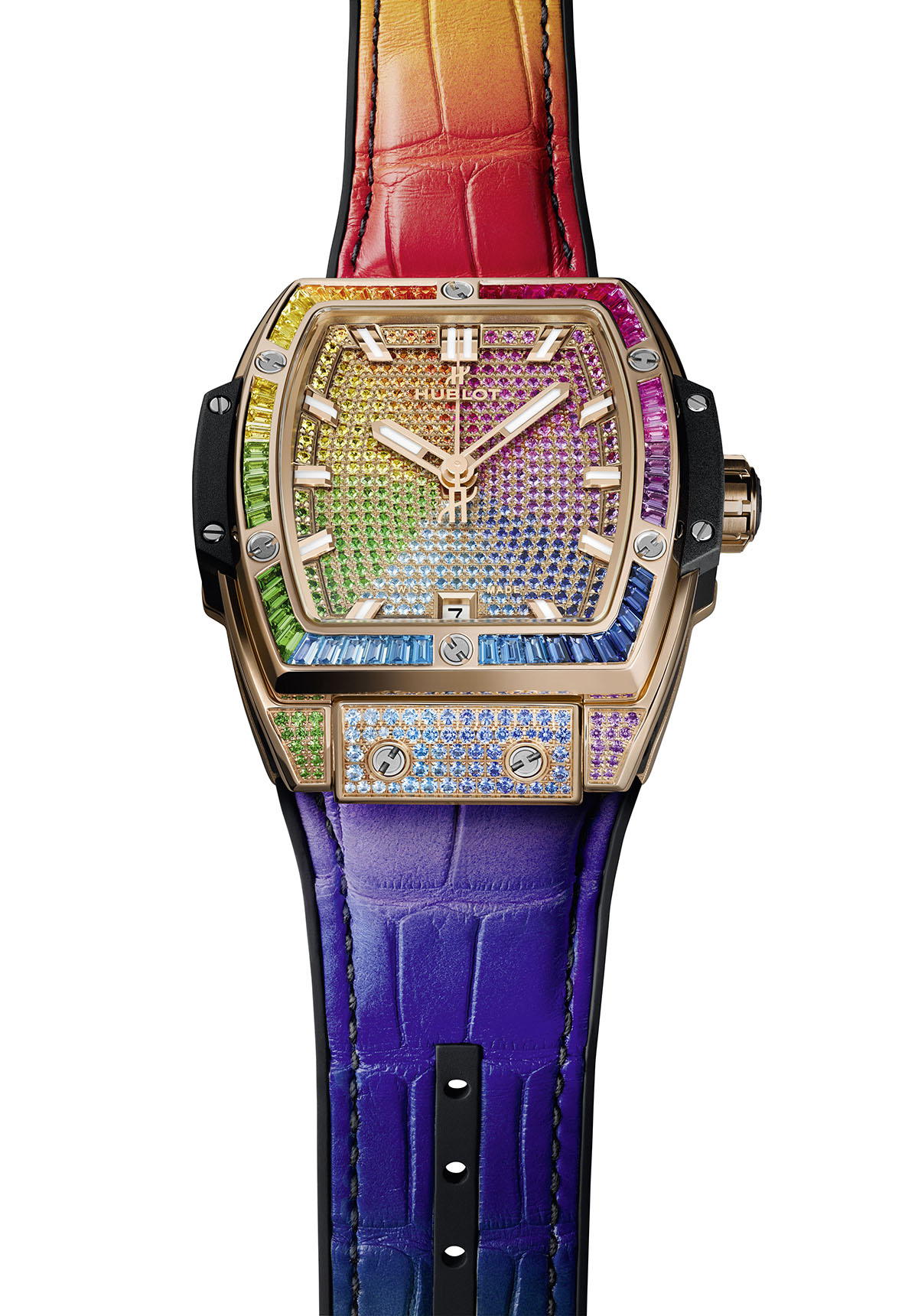
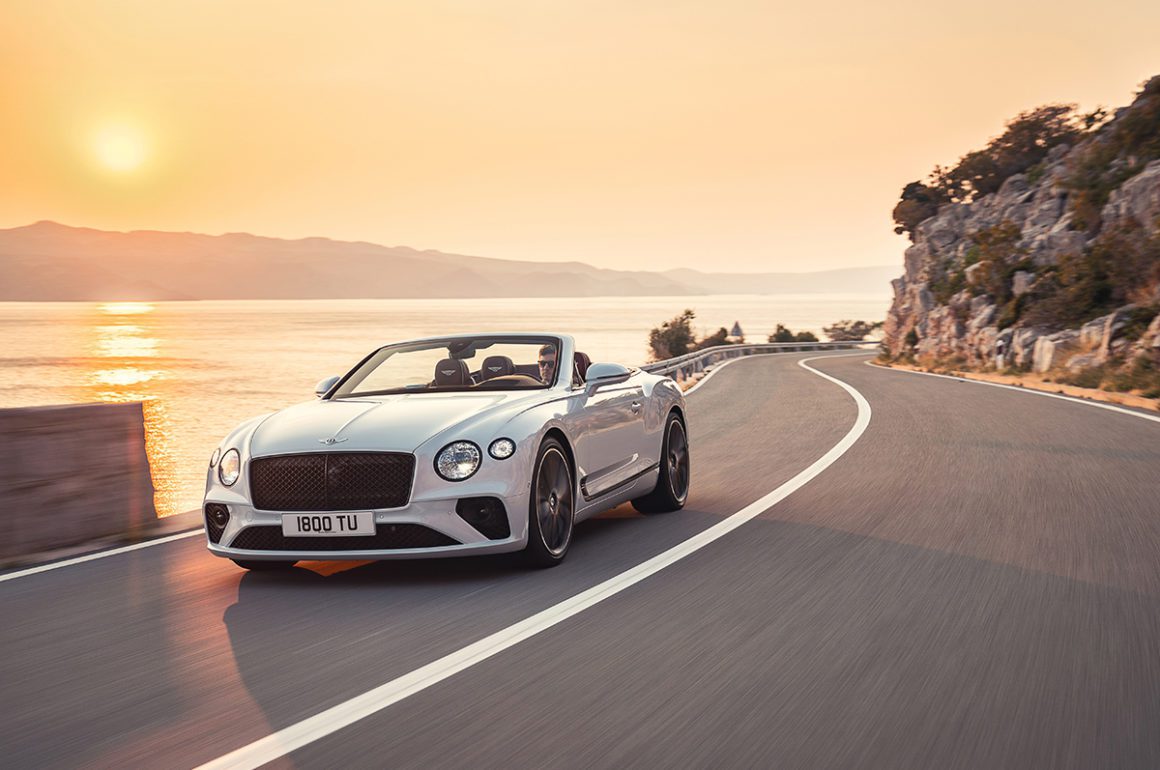
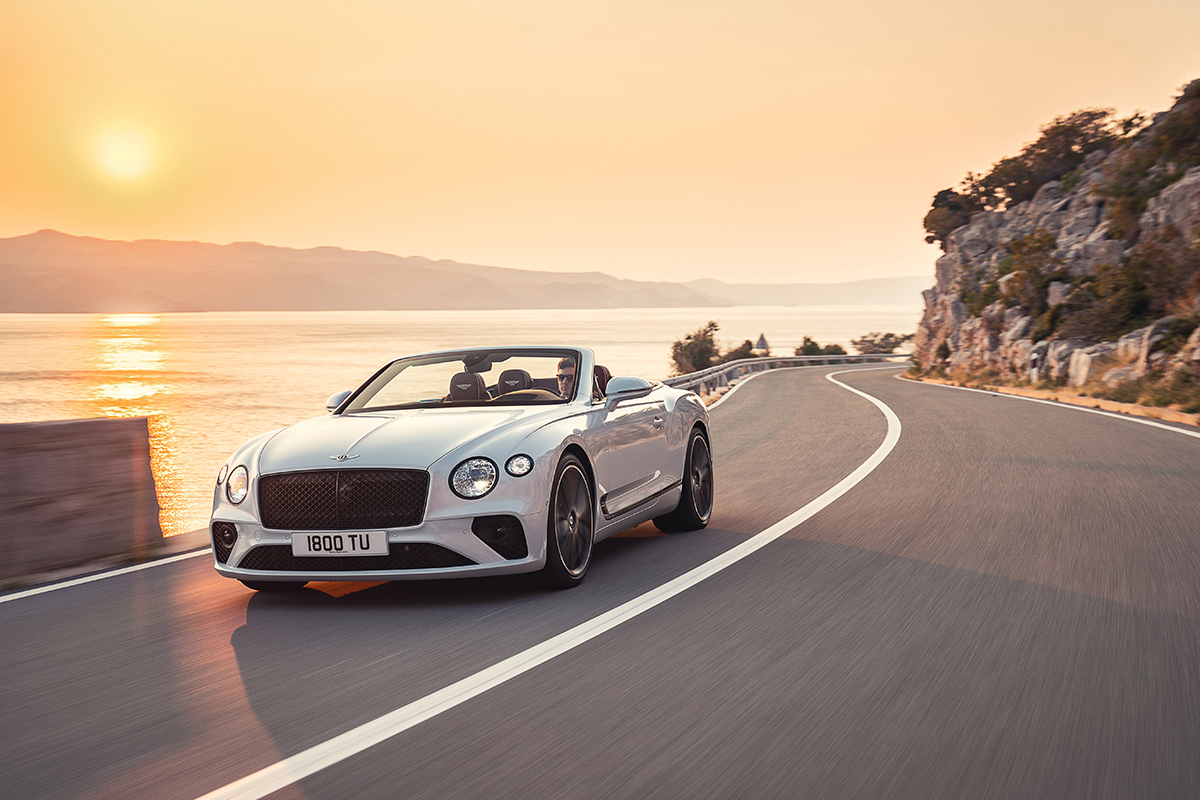
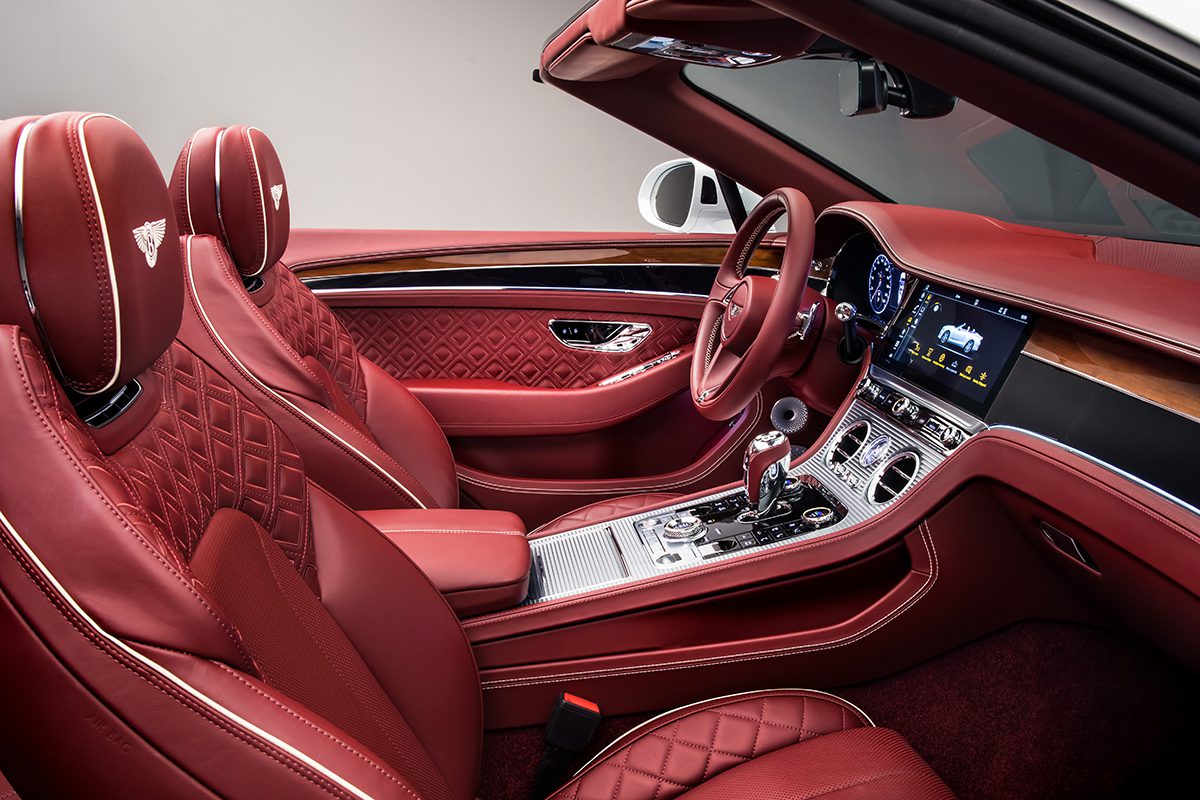



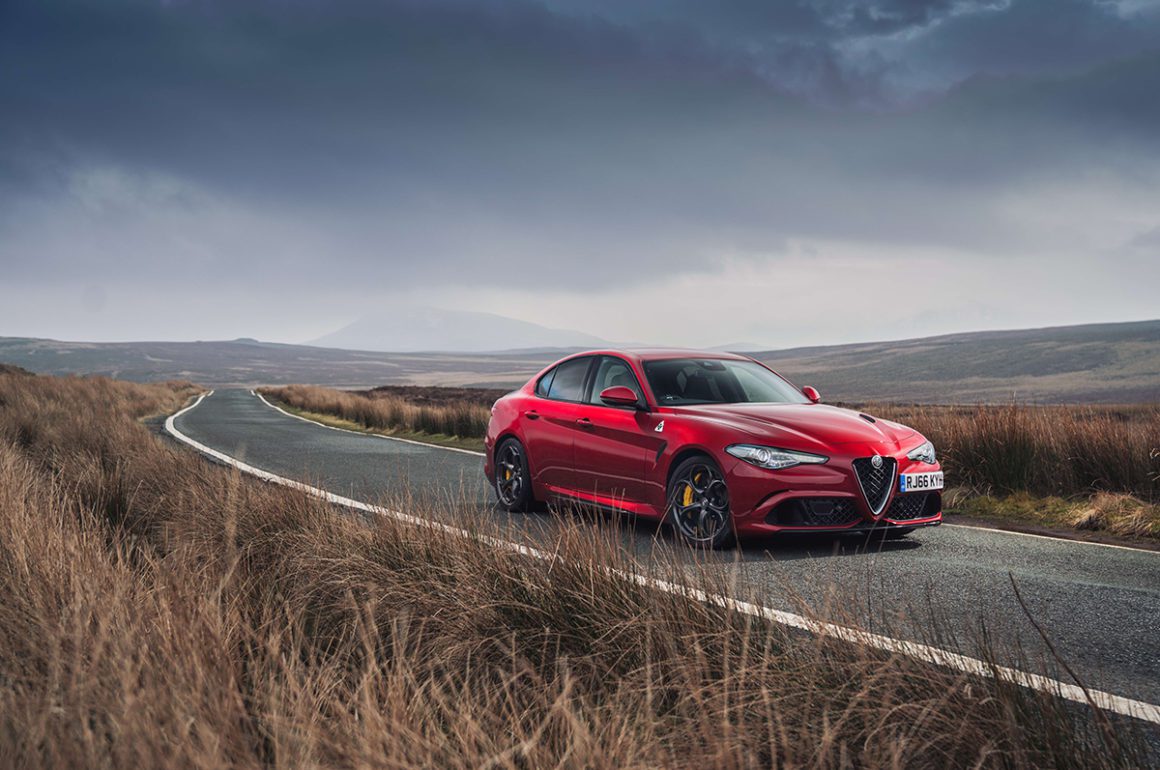
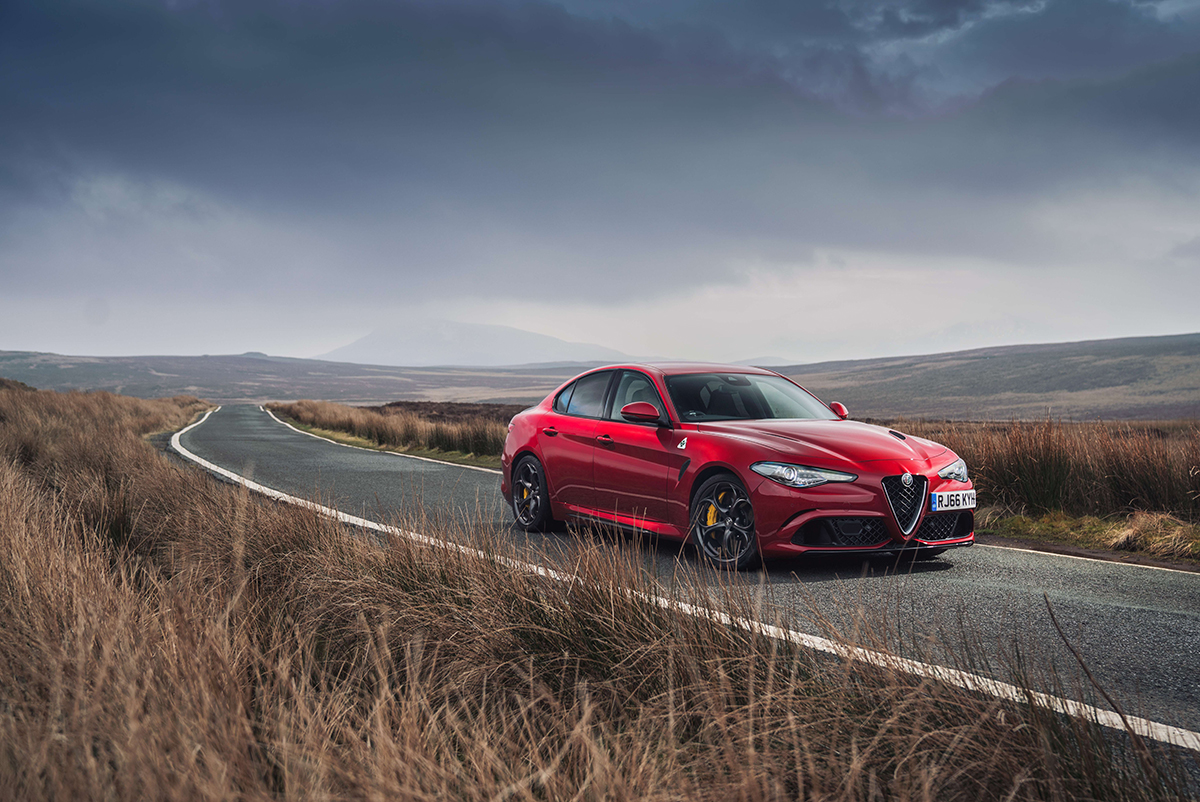
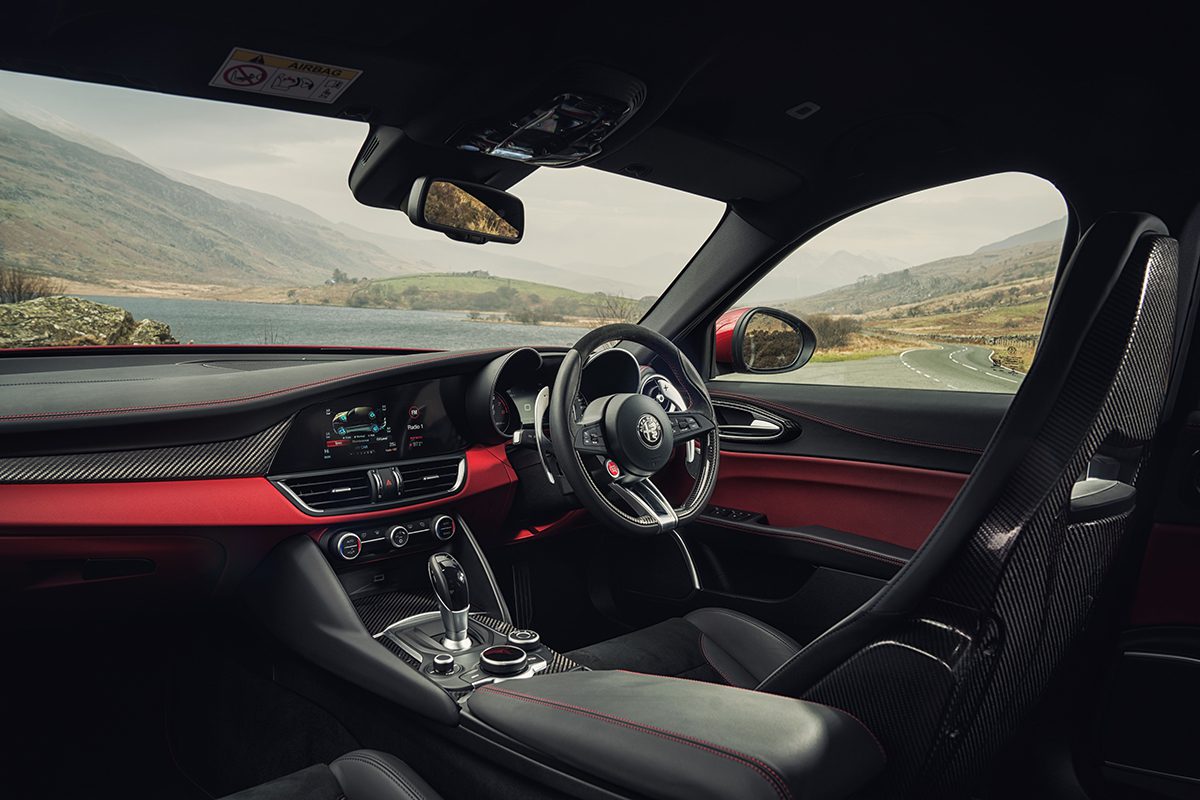


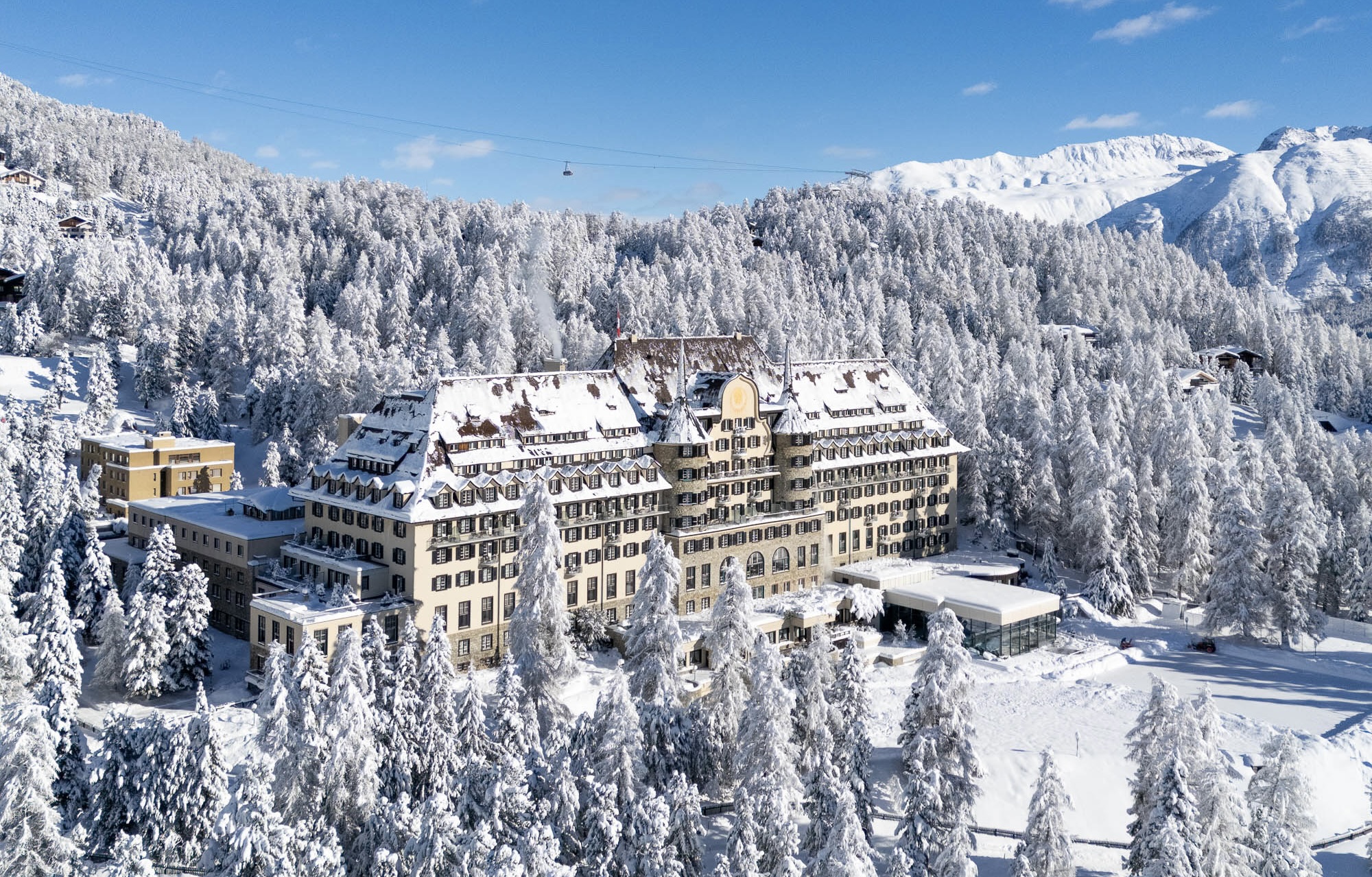
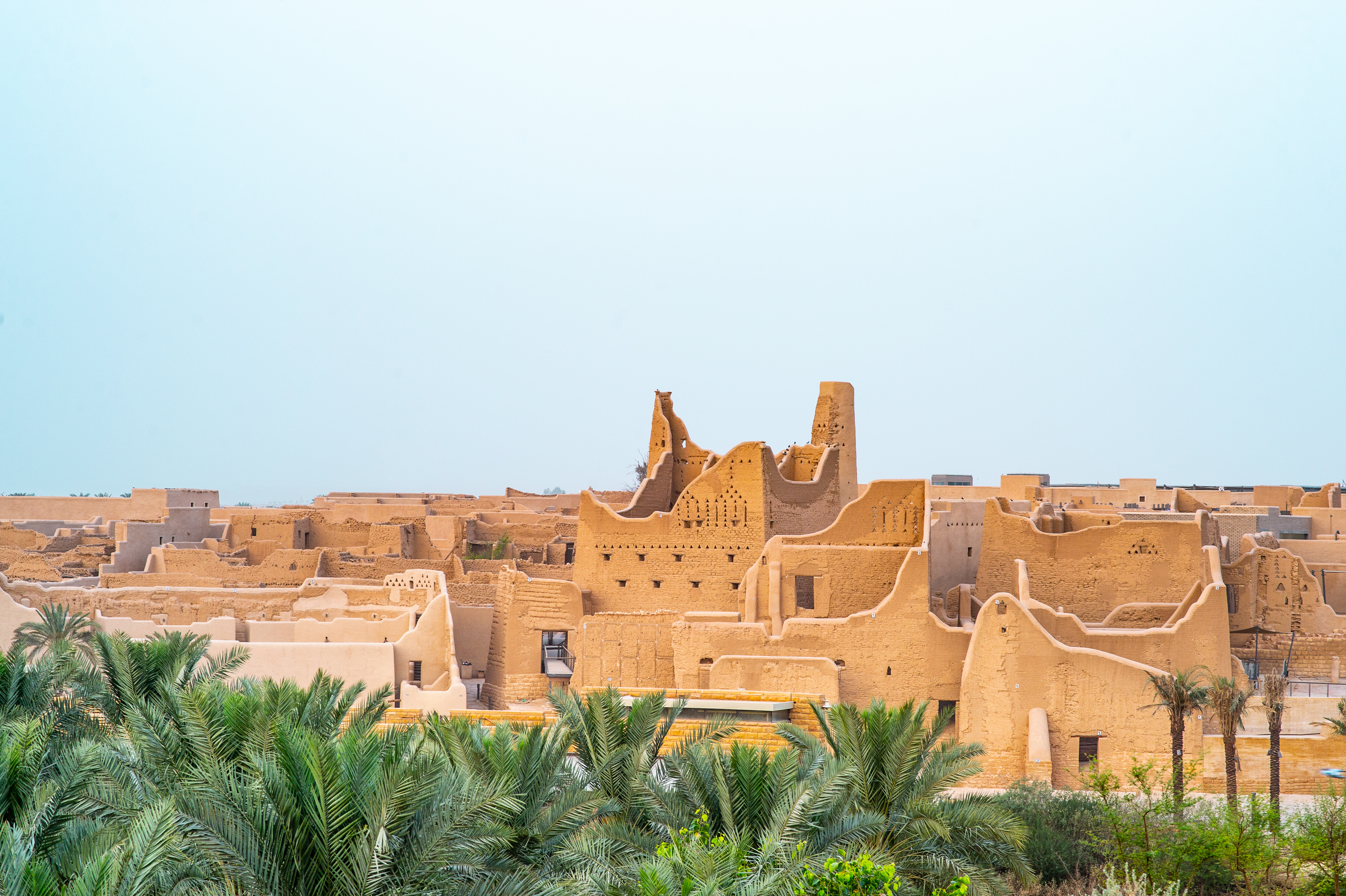
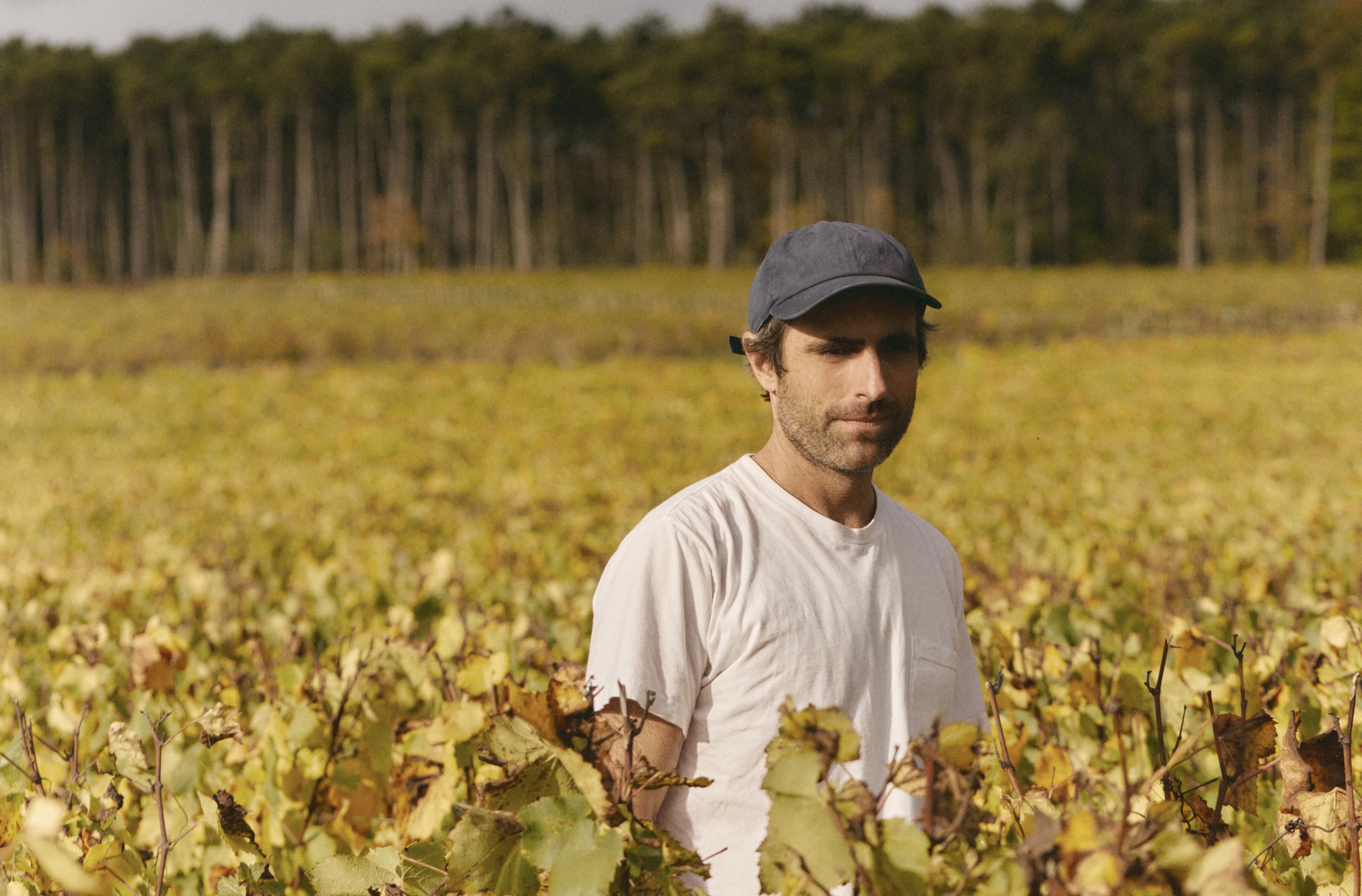
Recent Comments